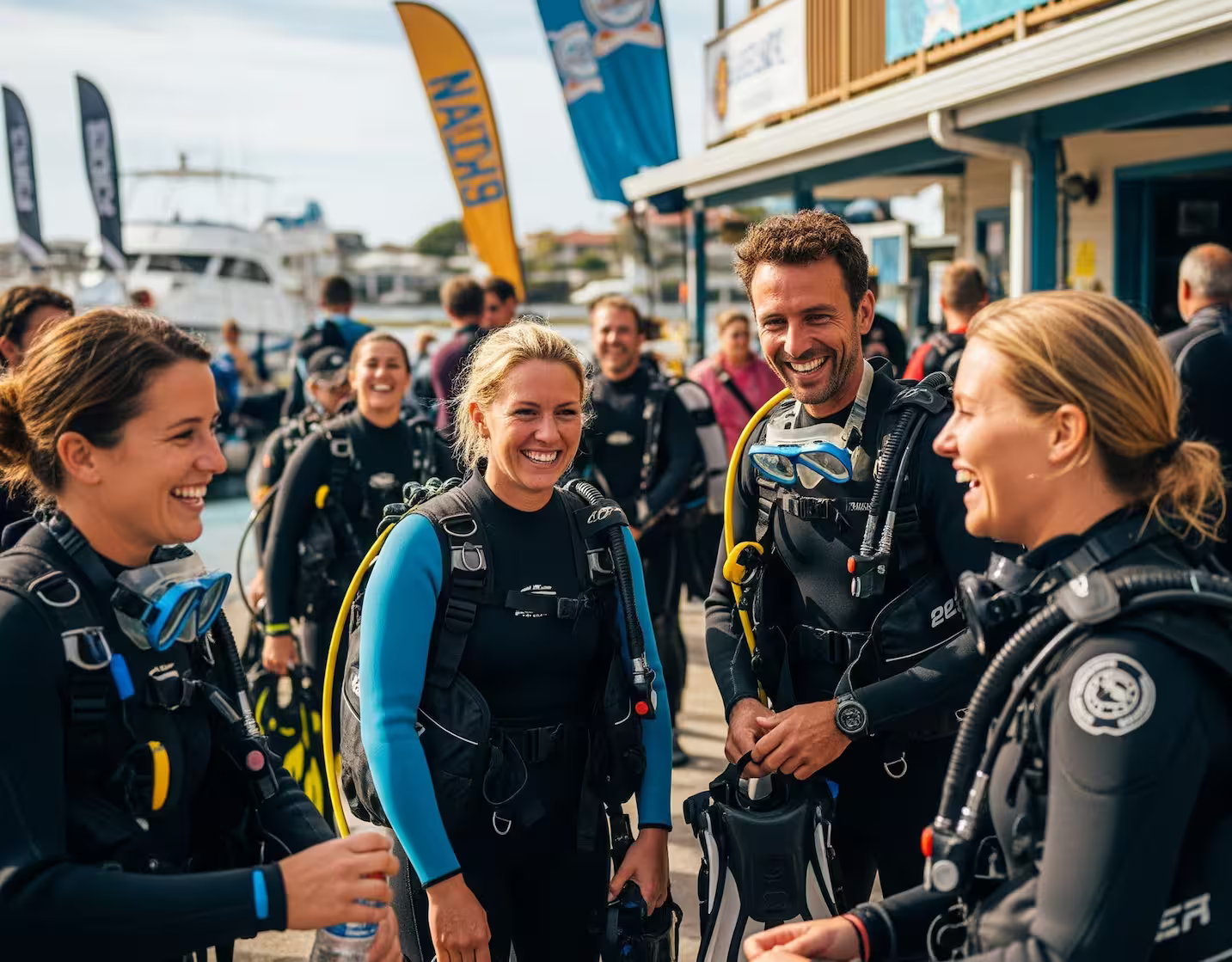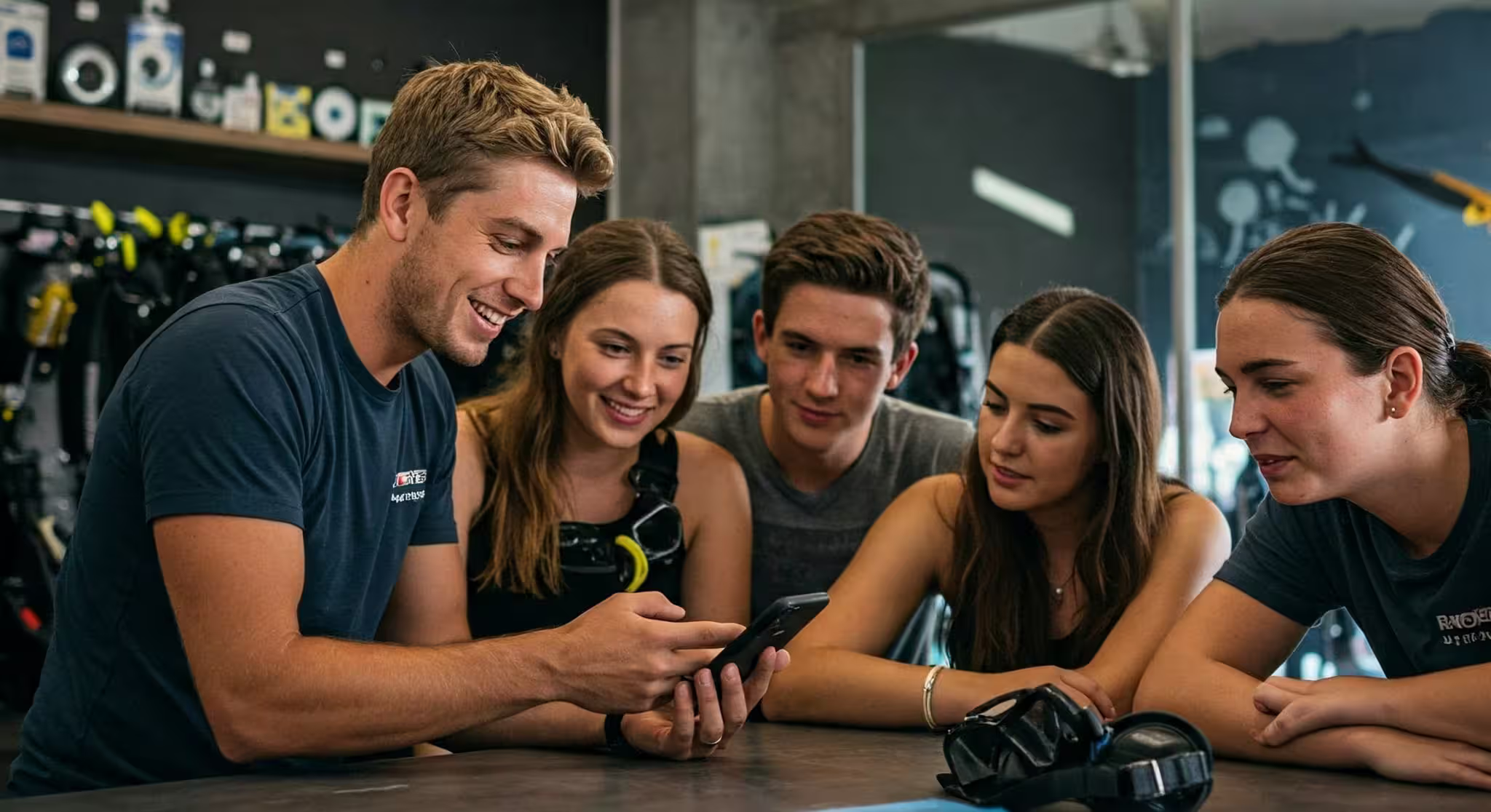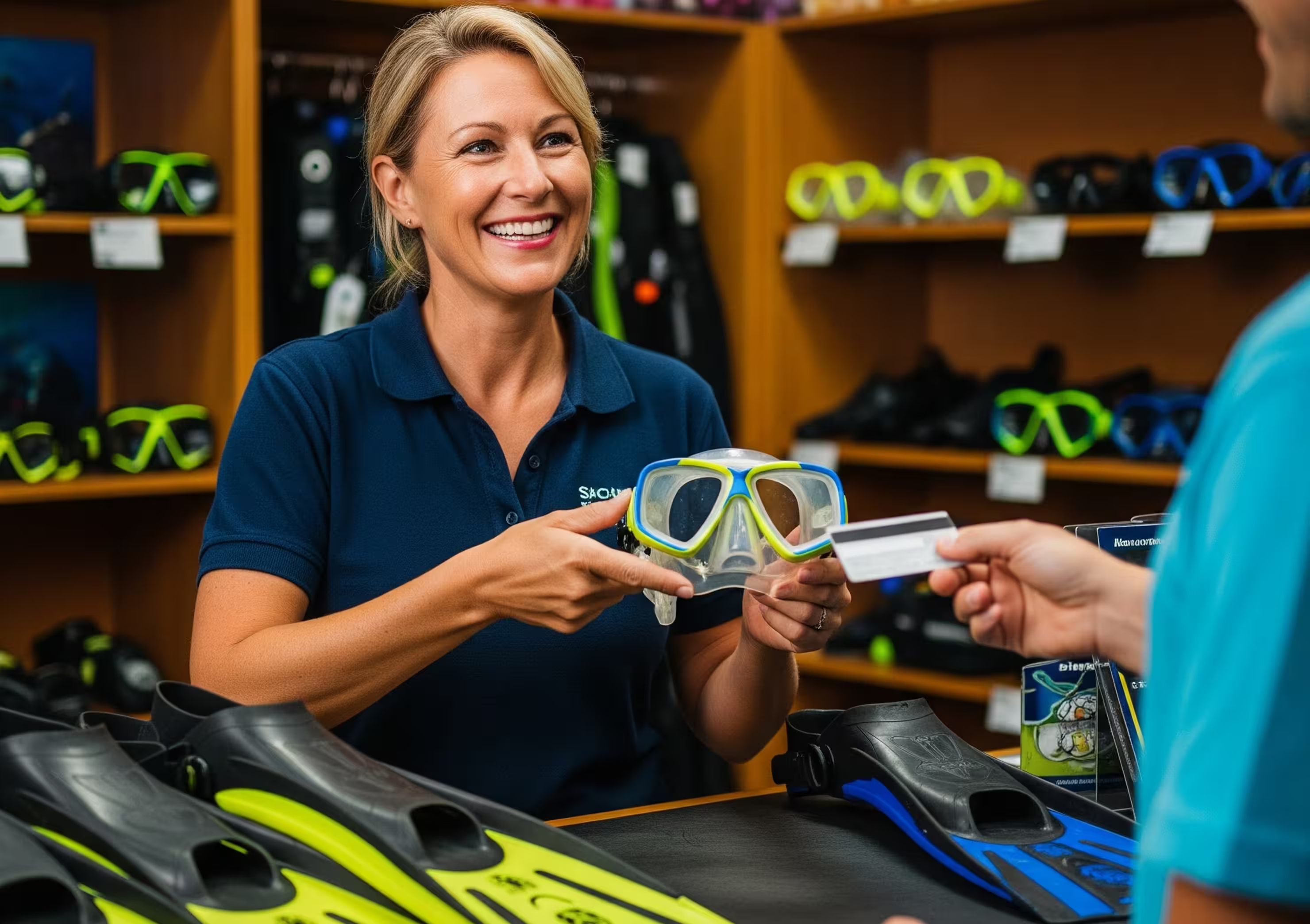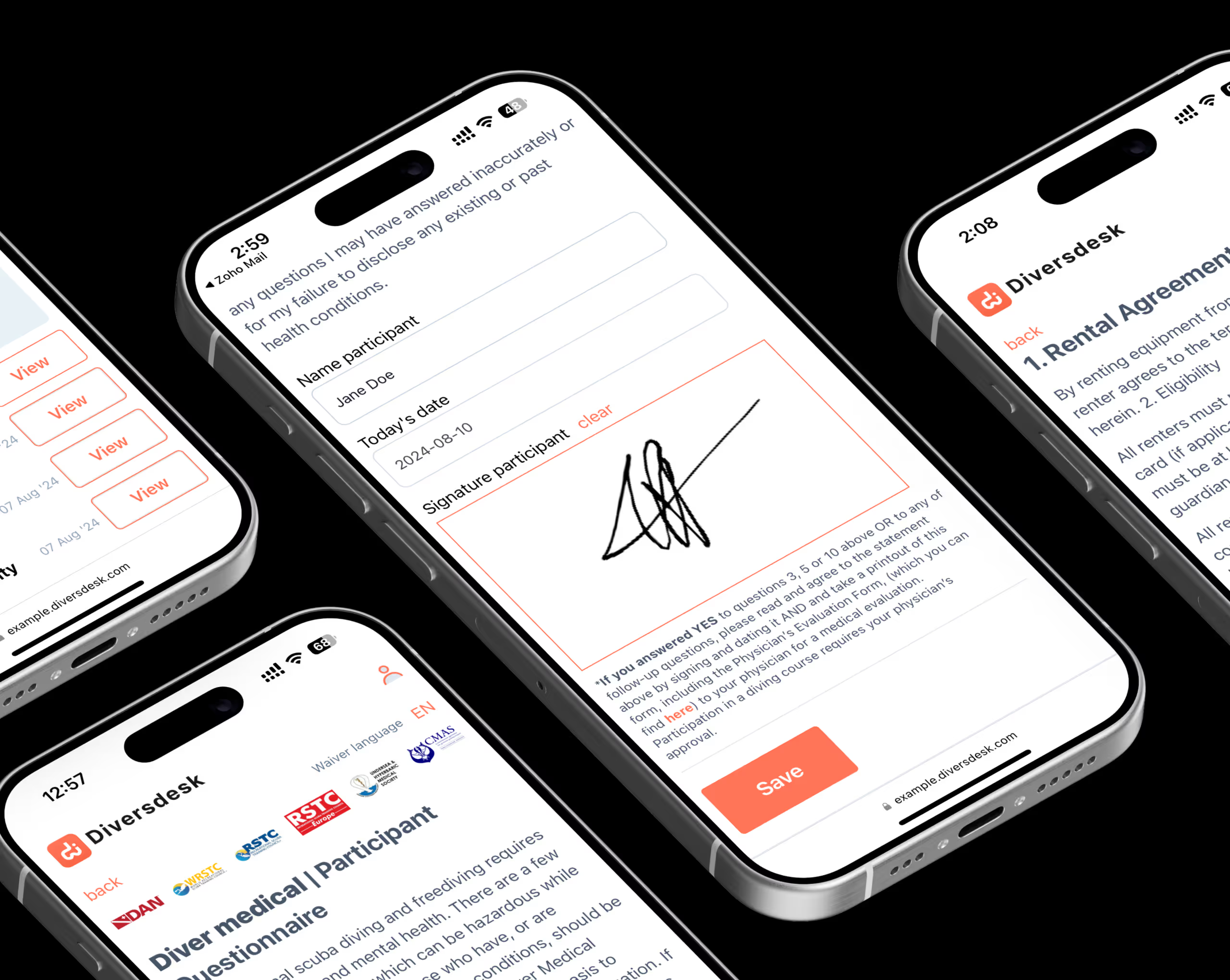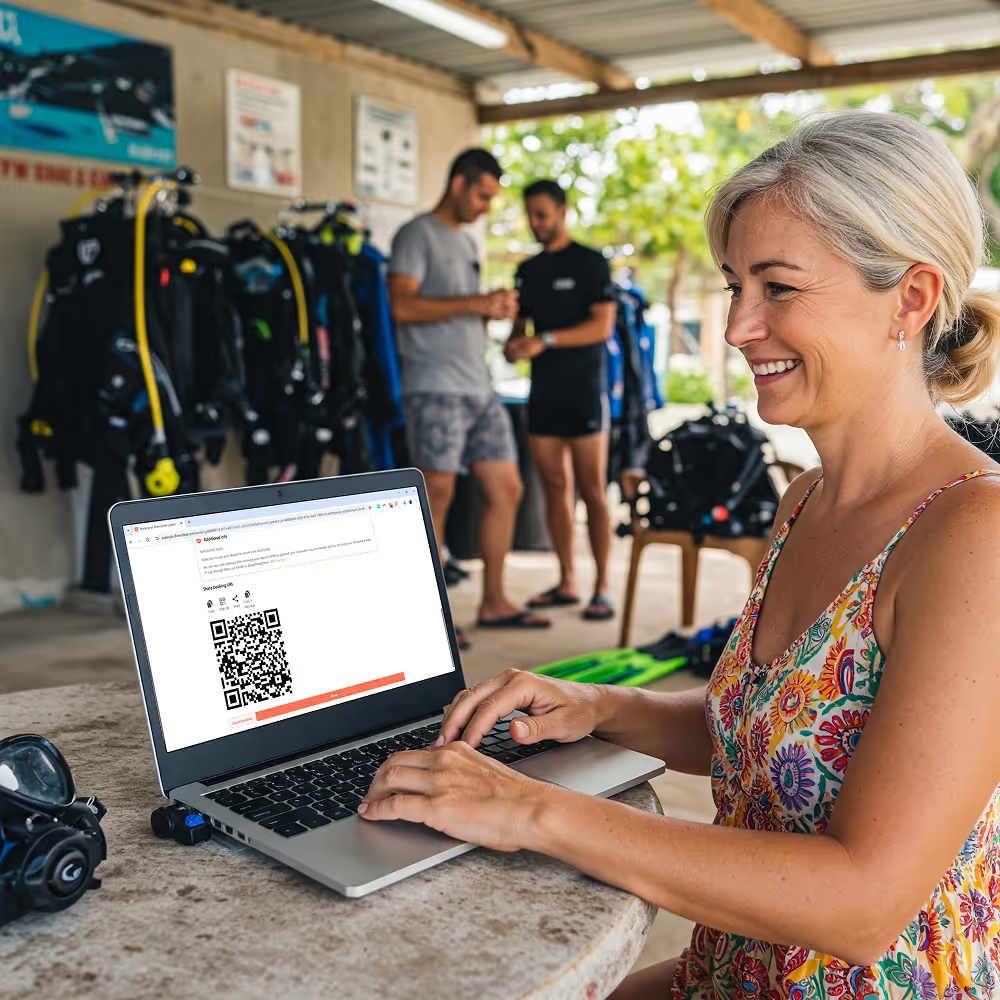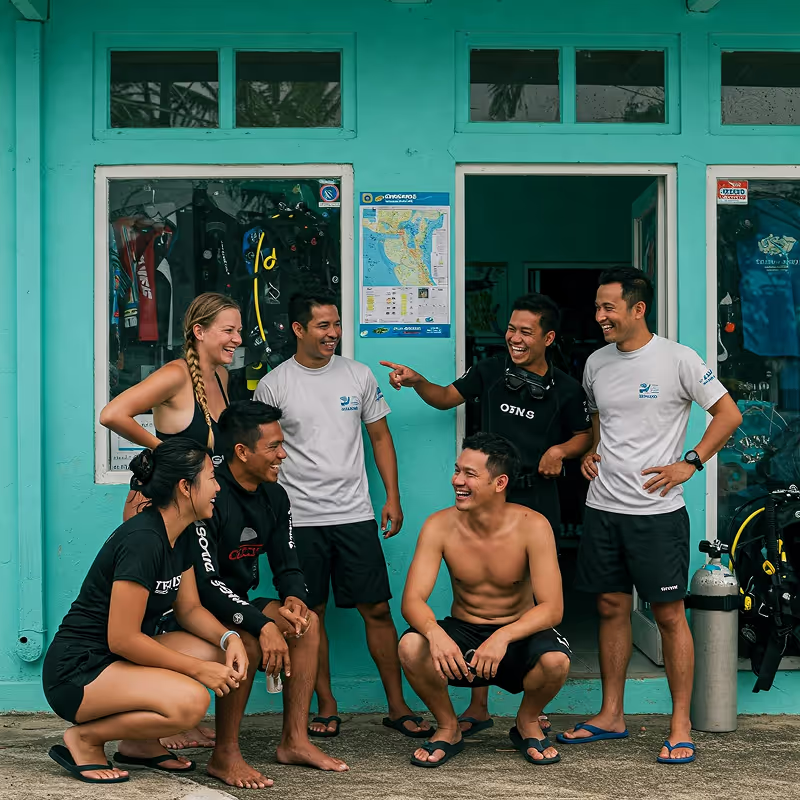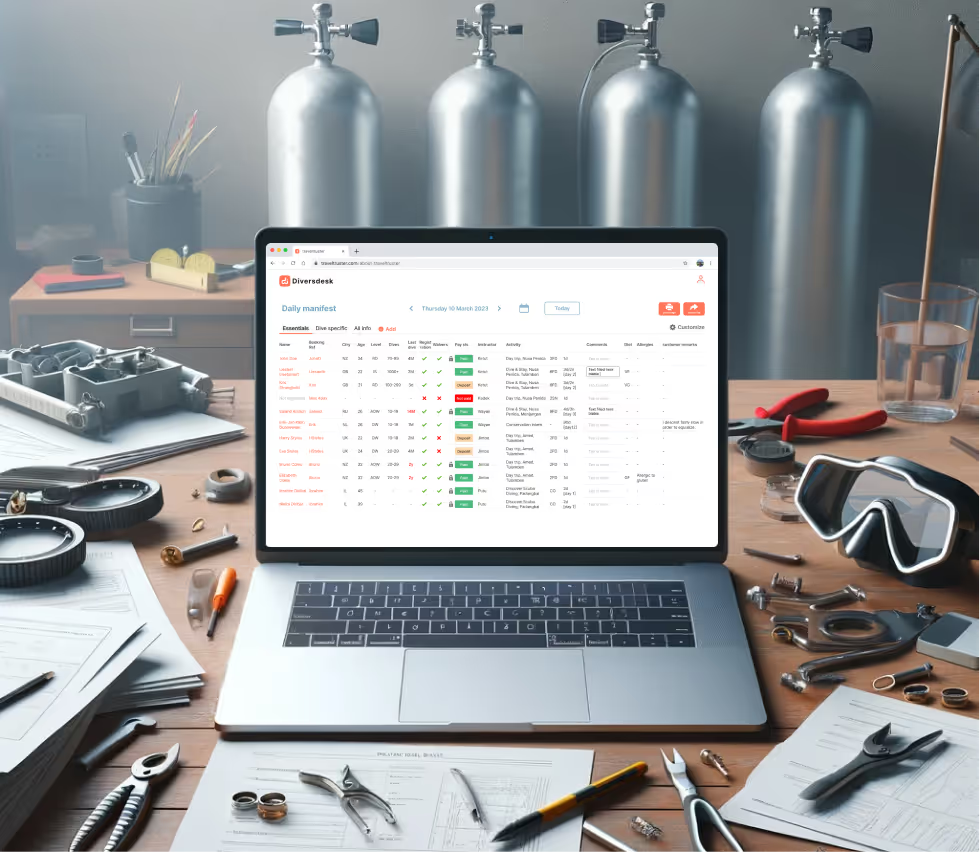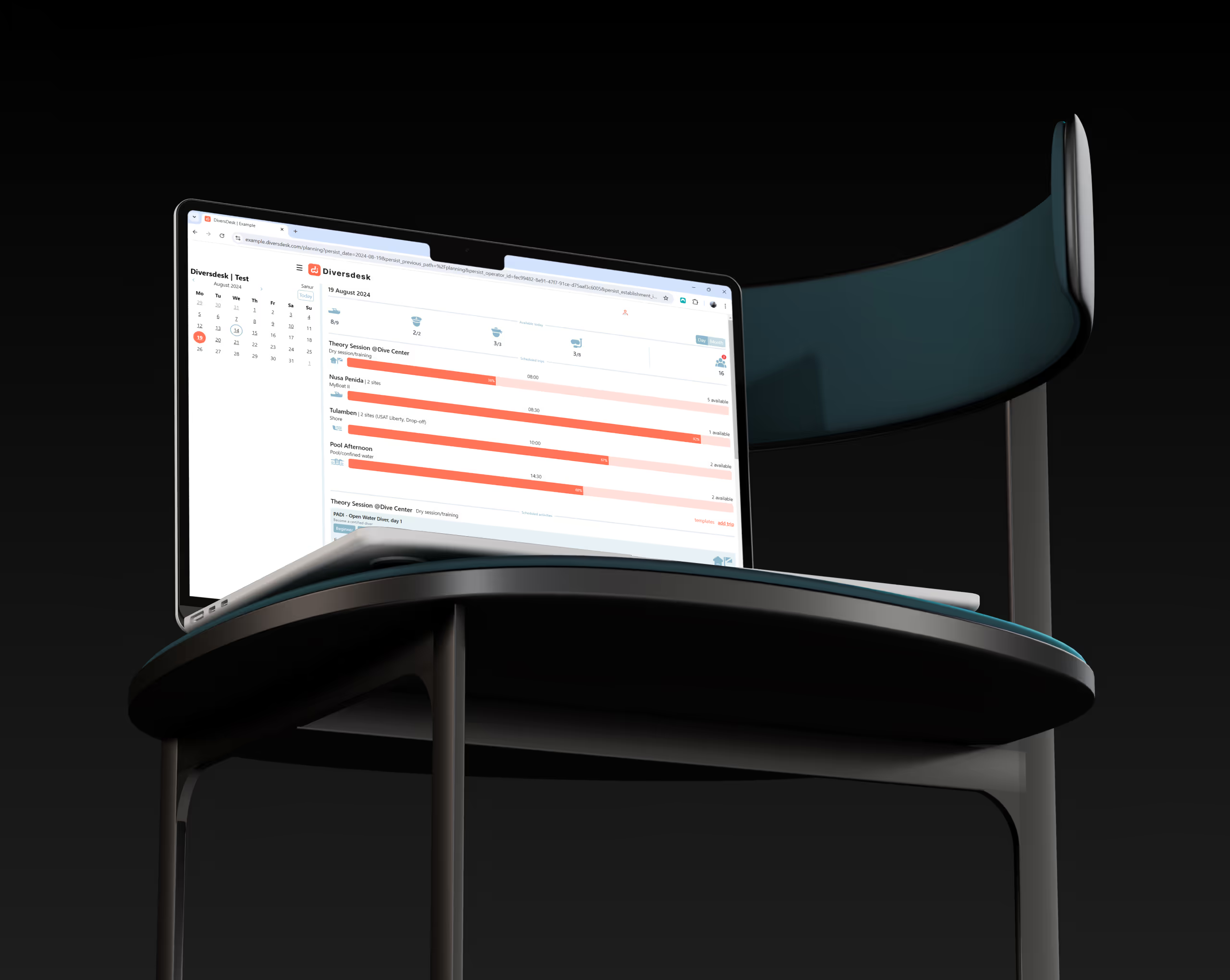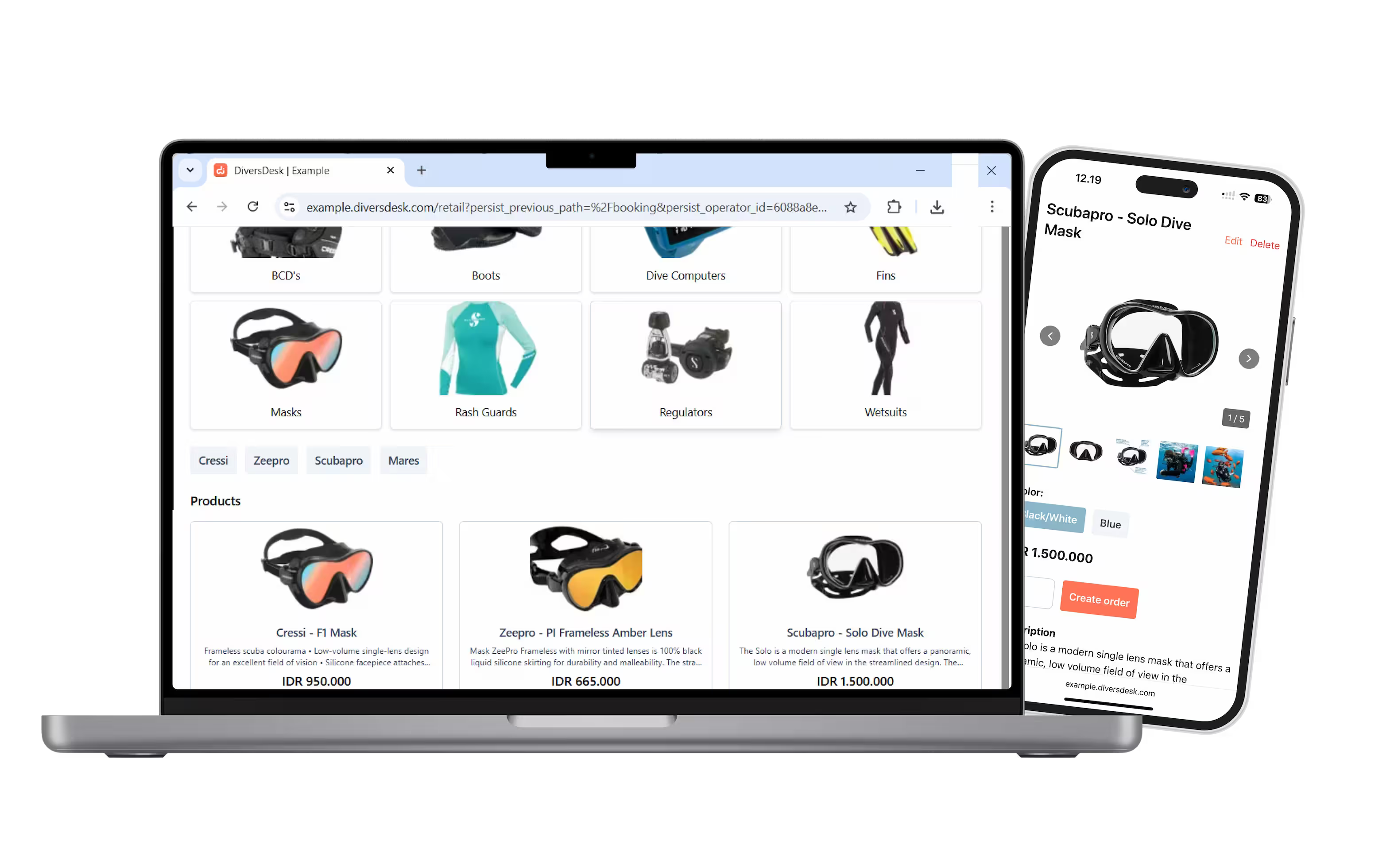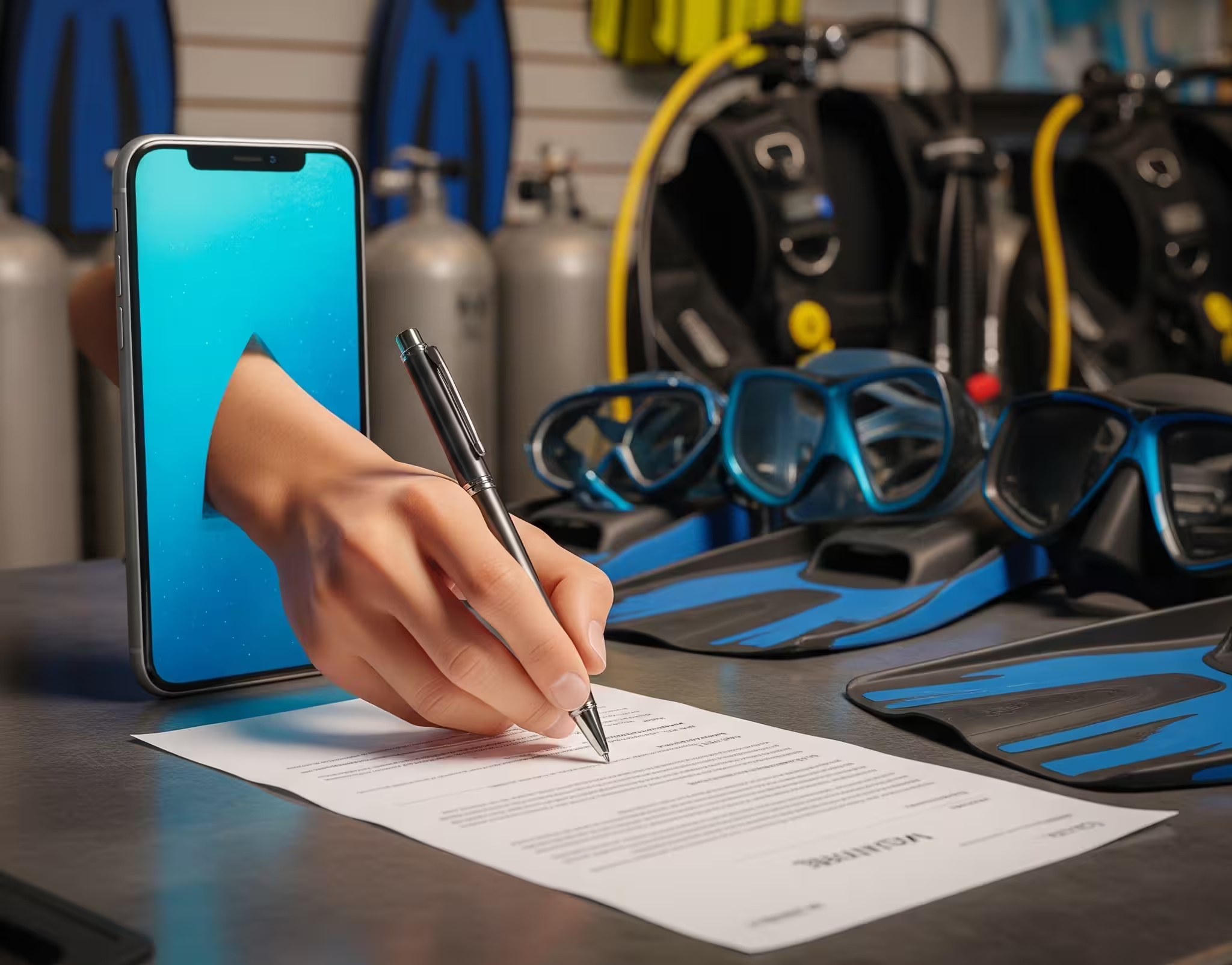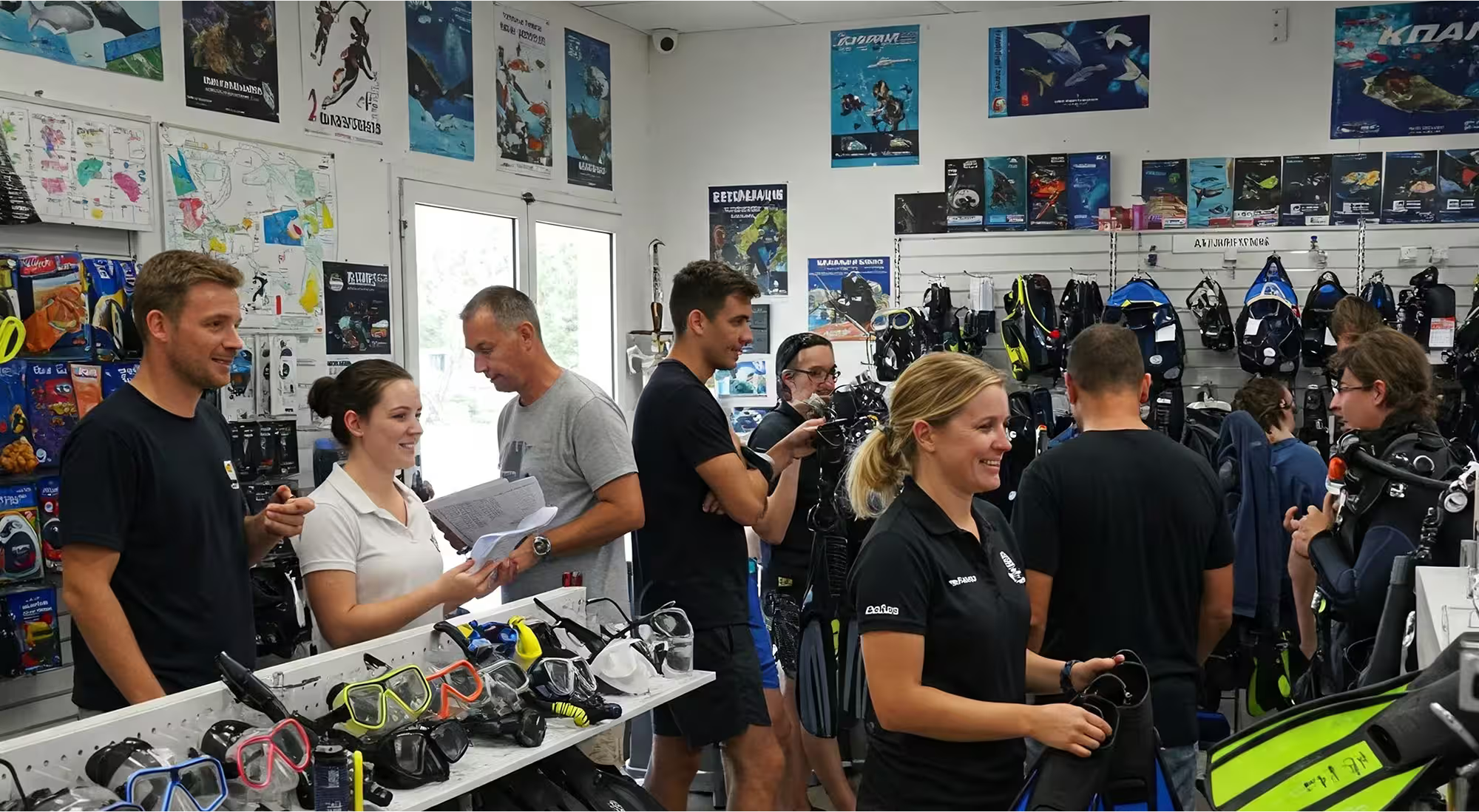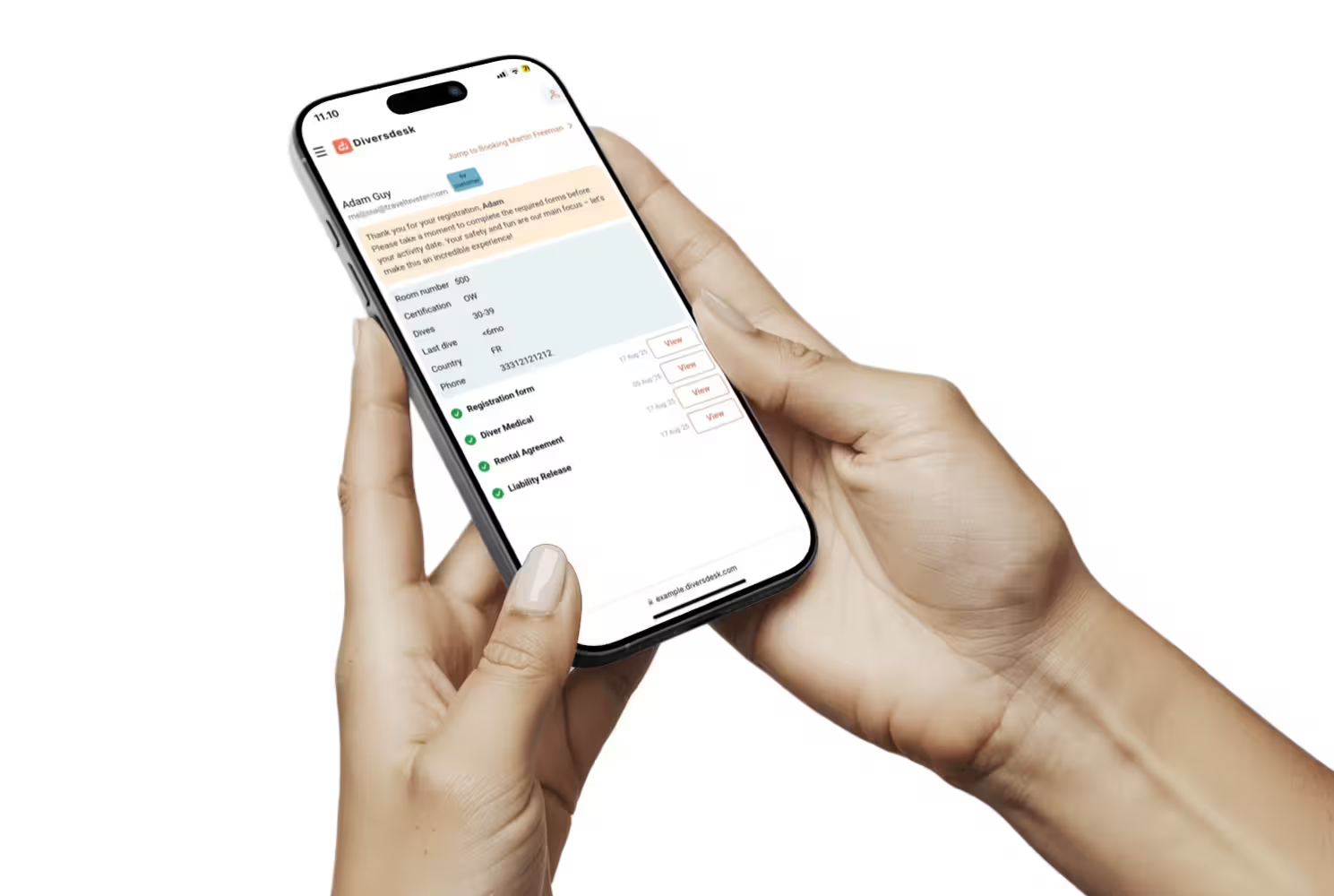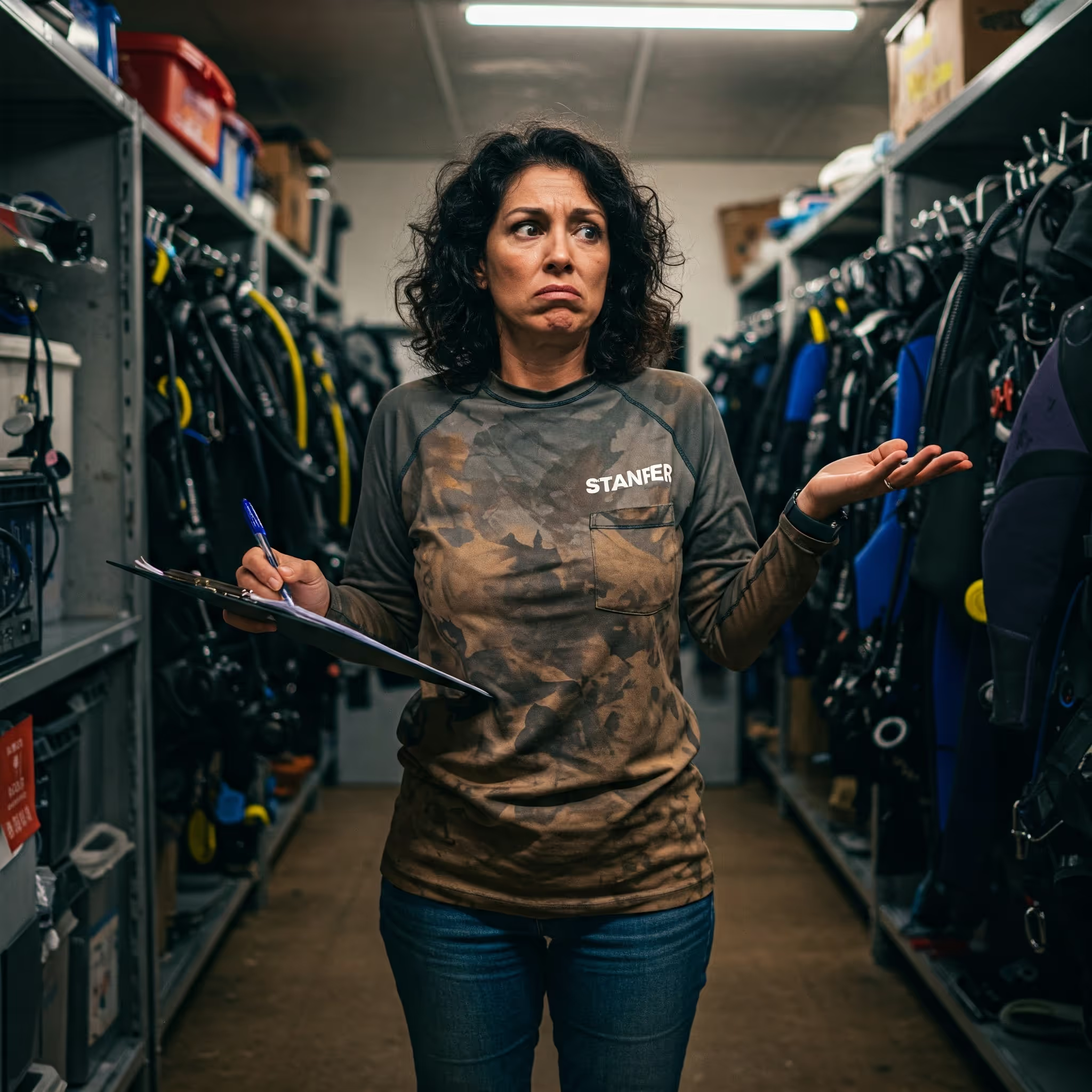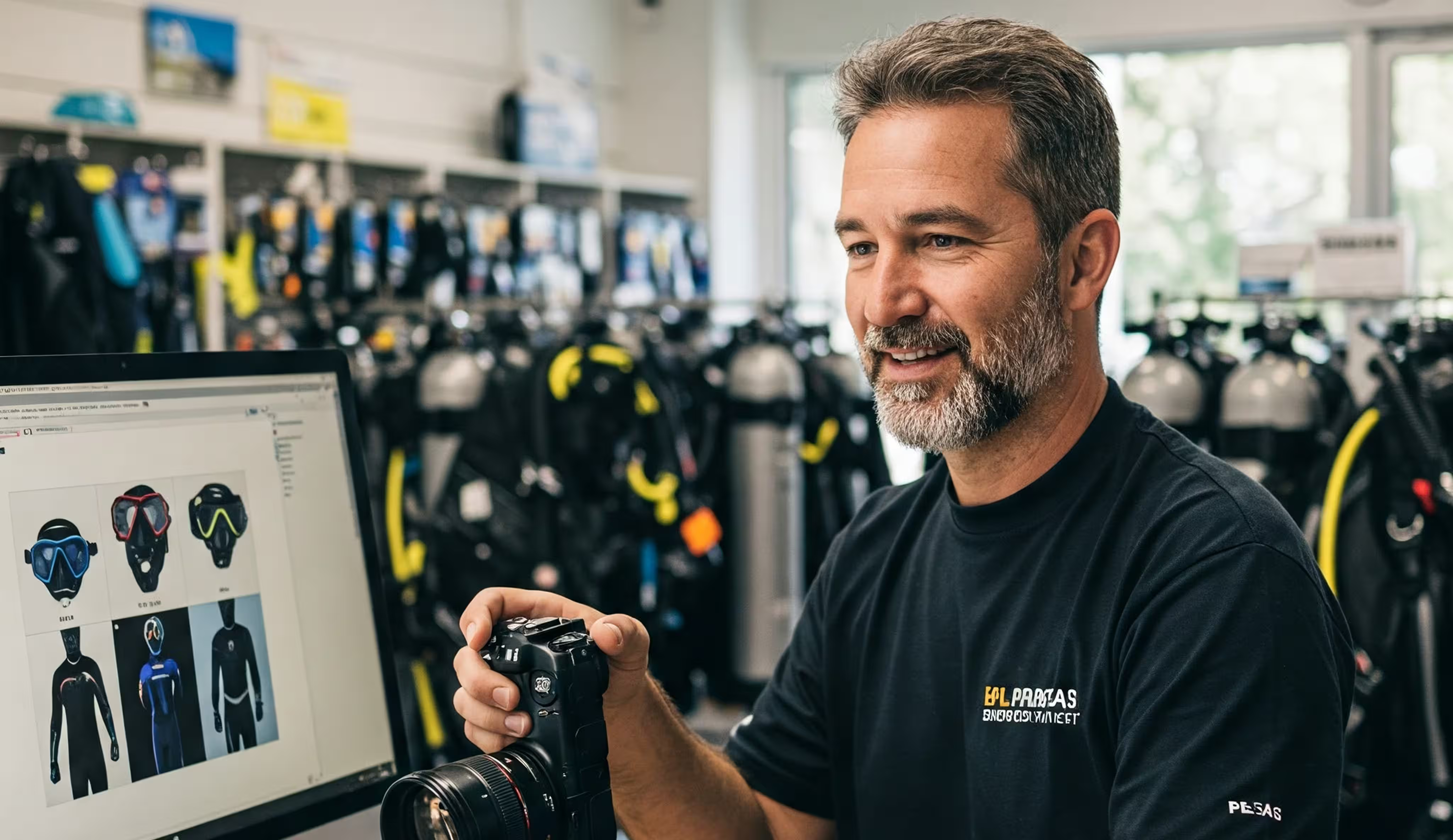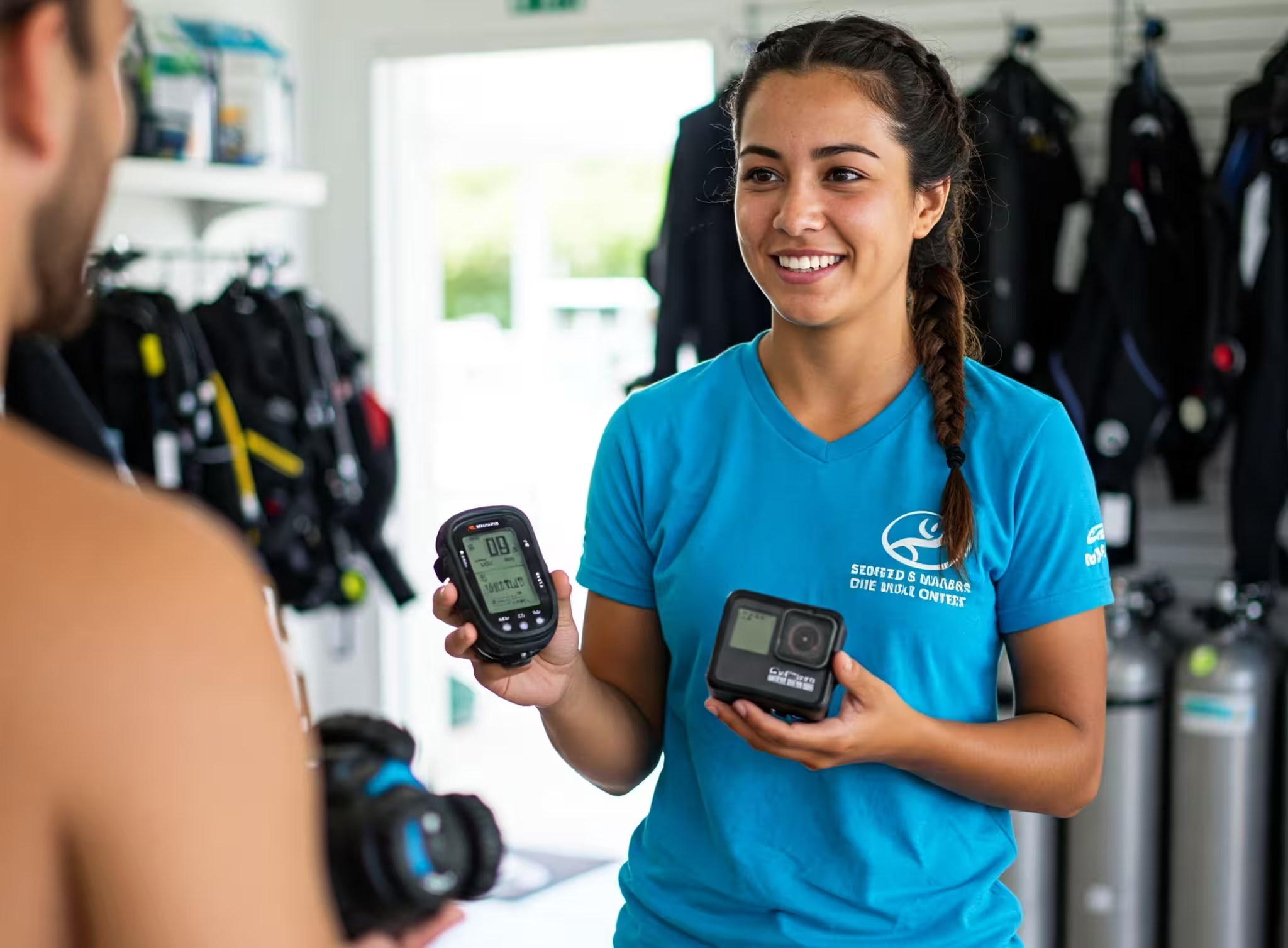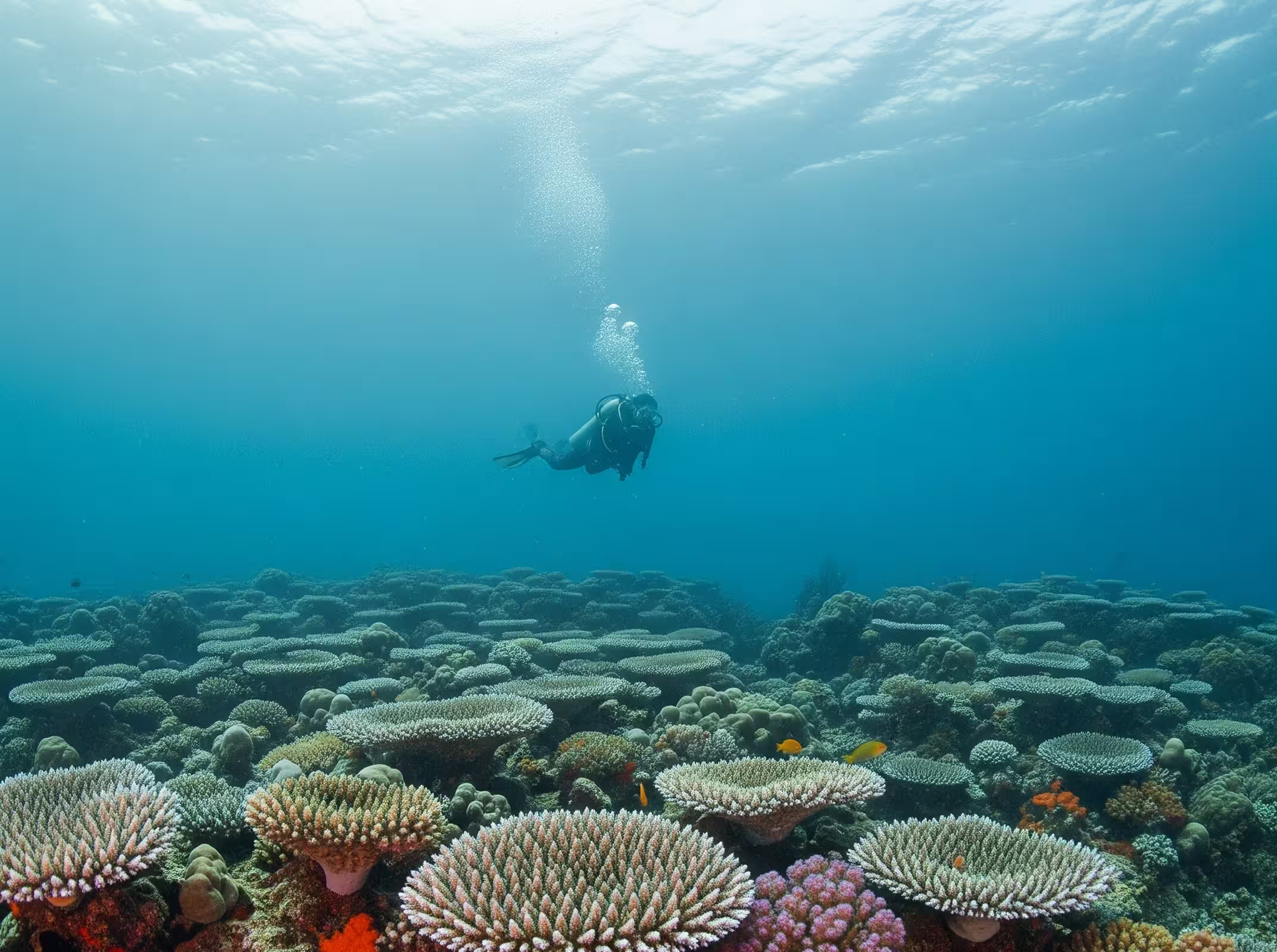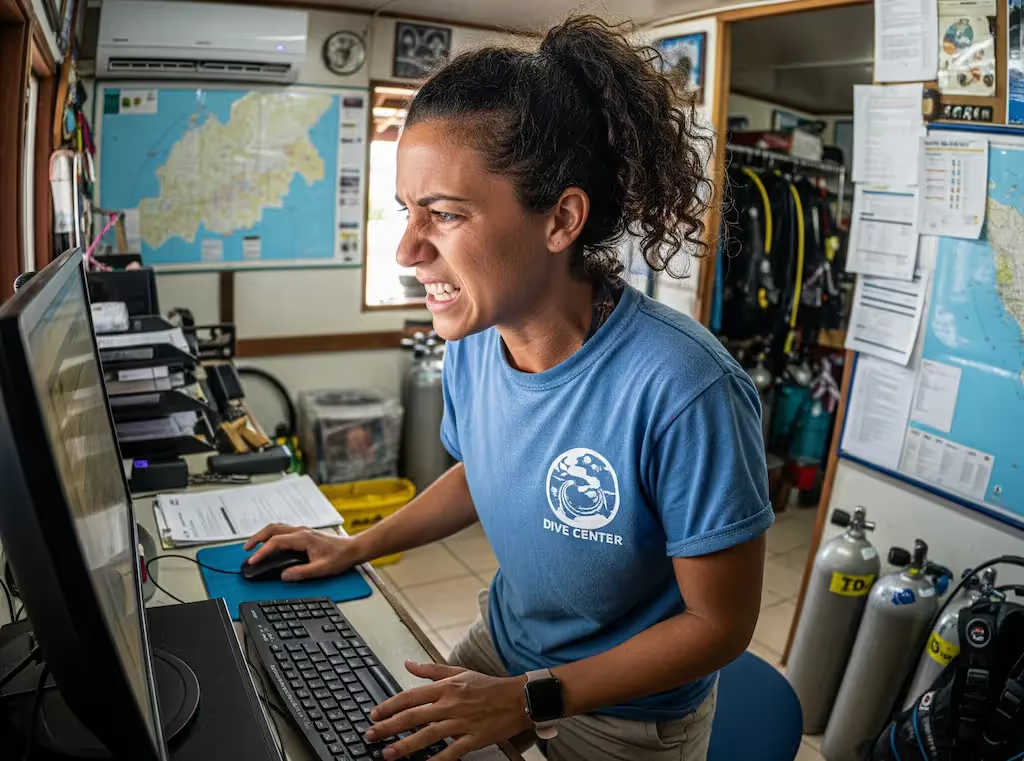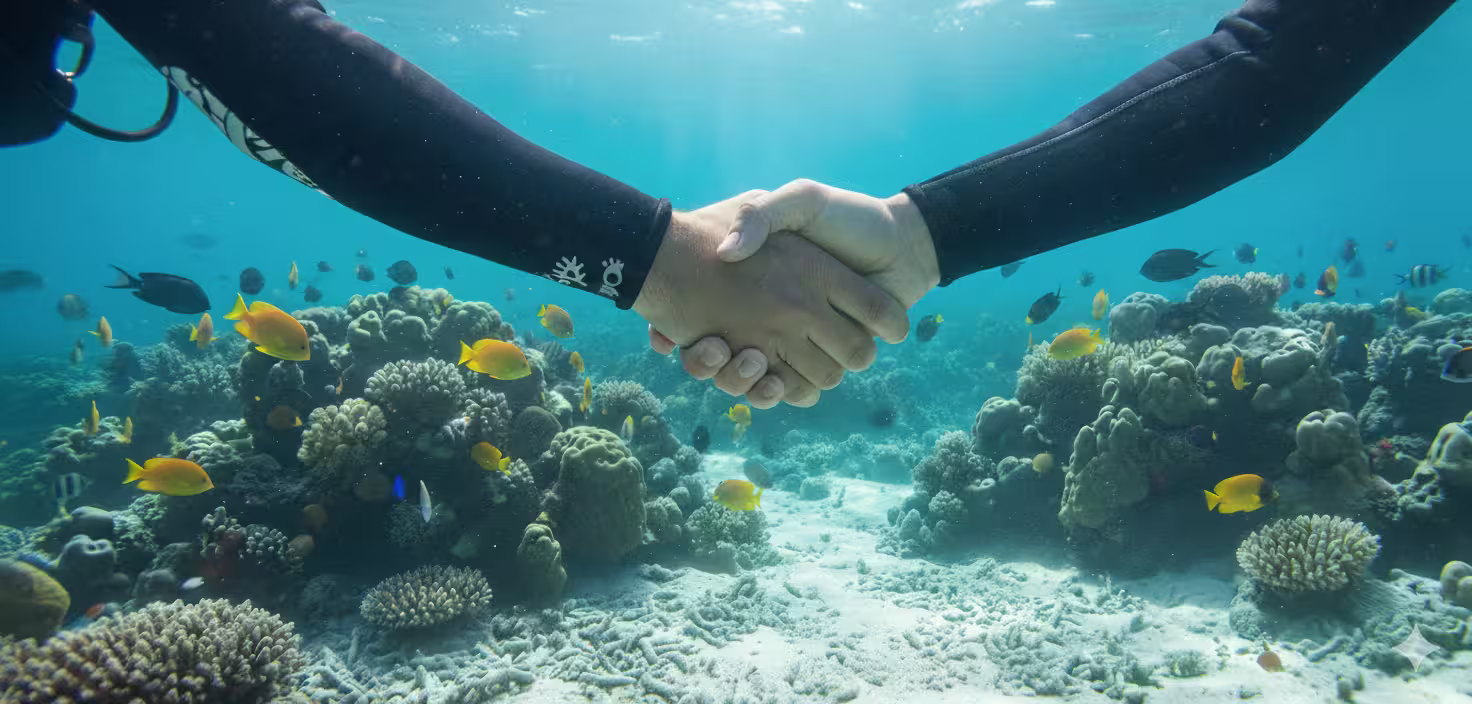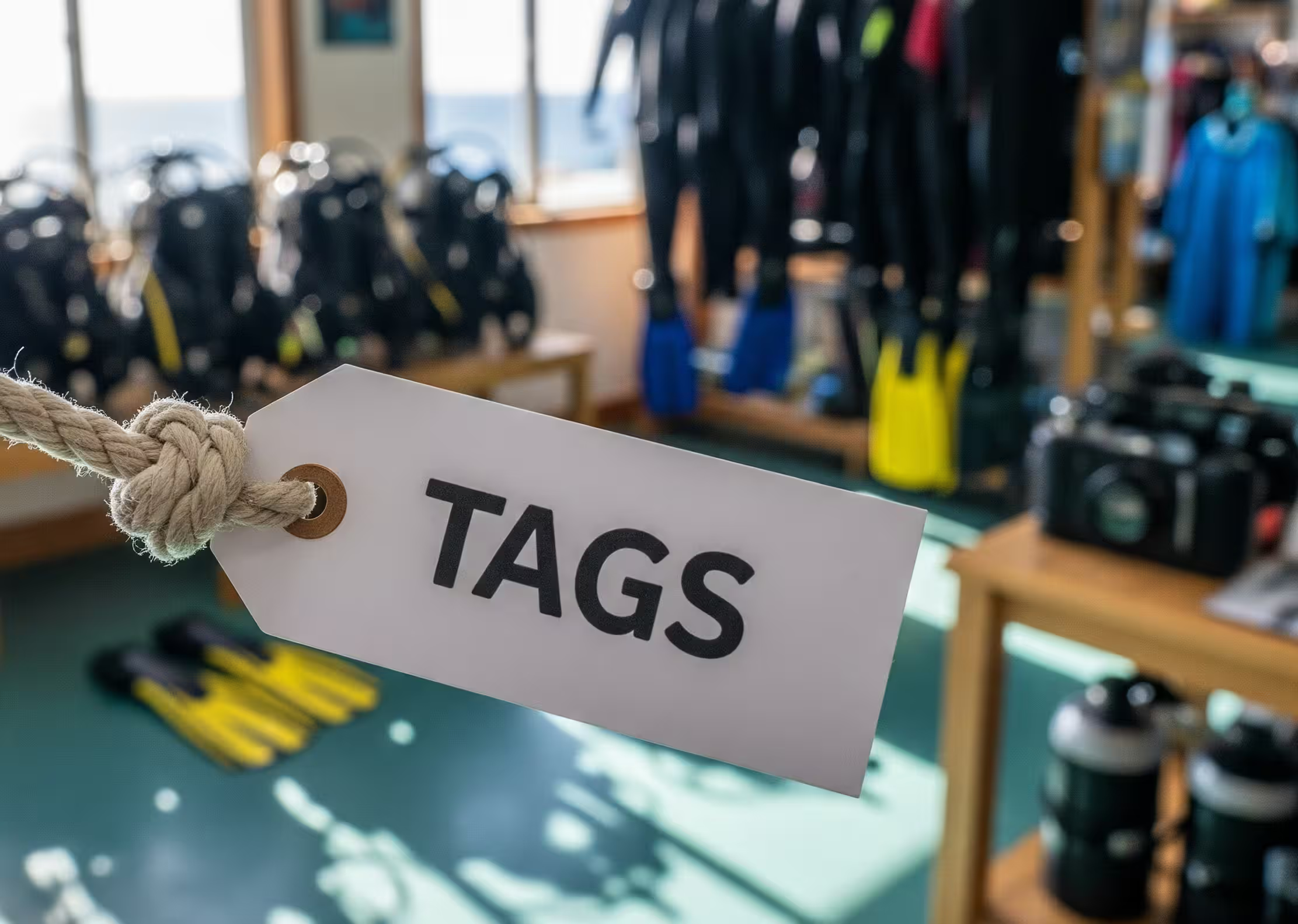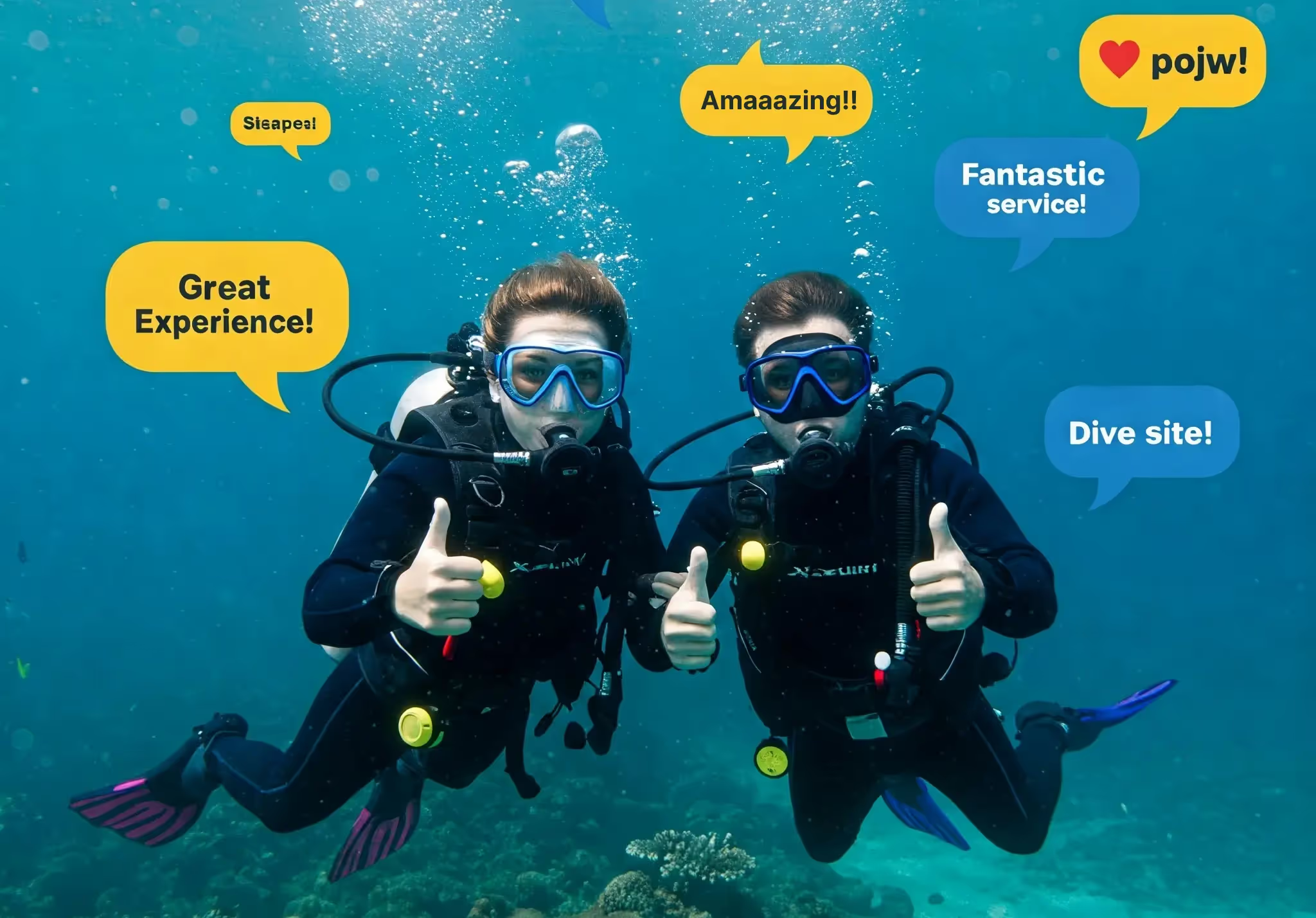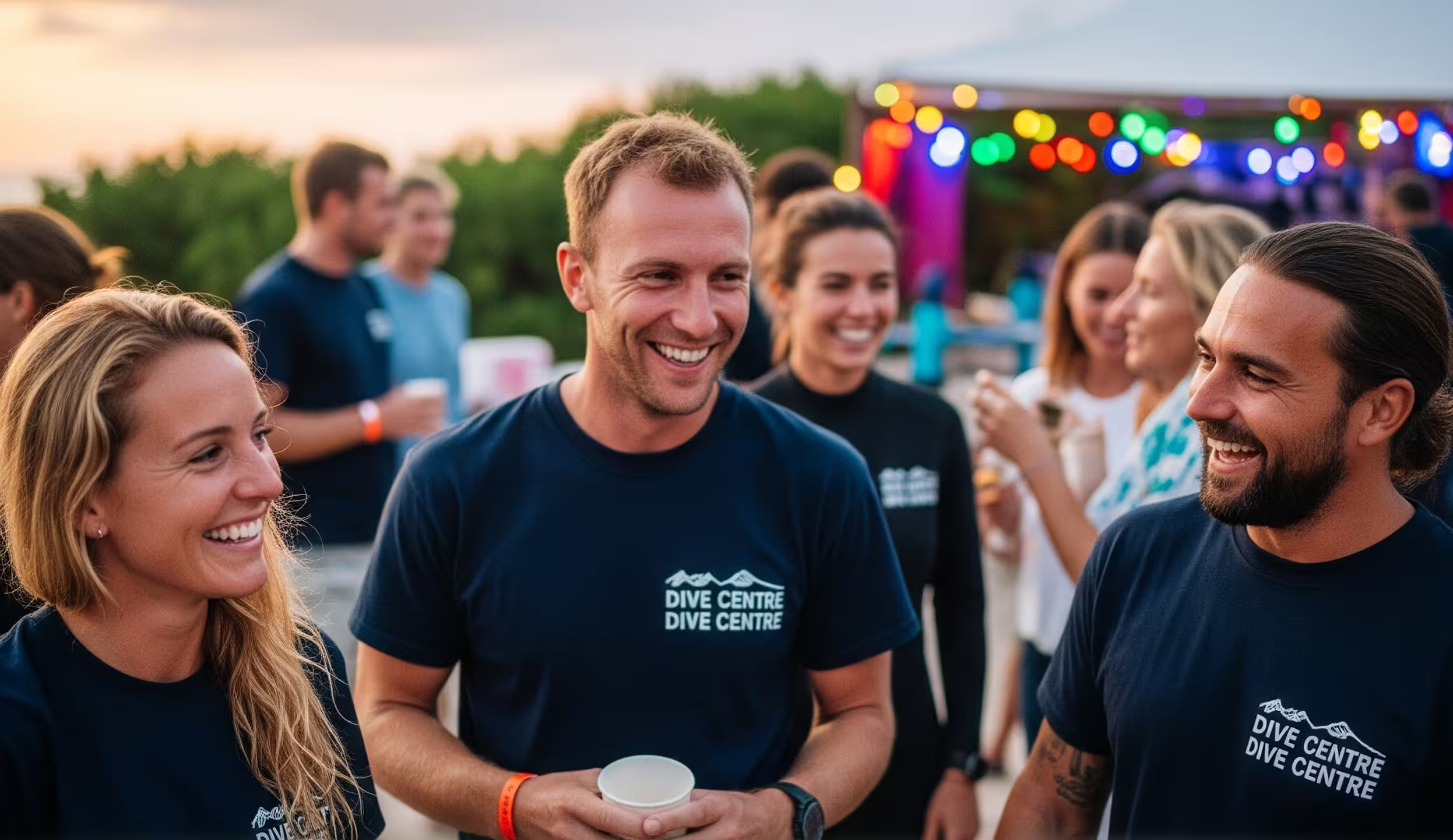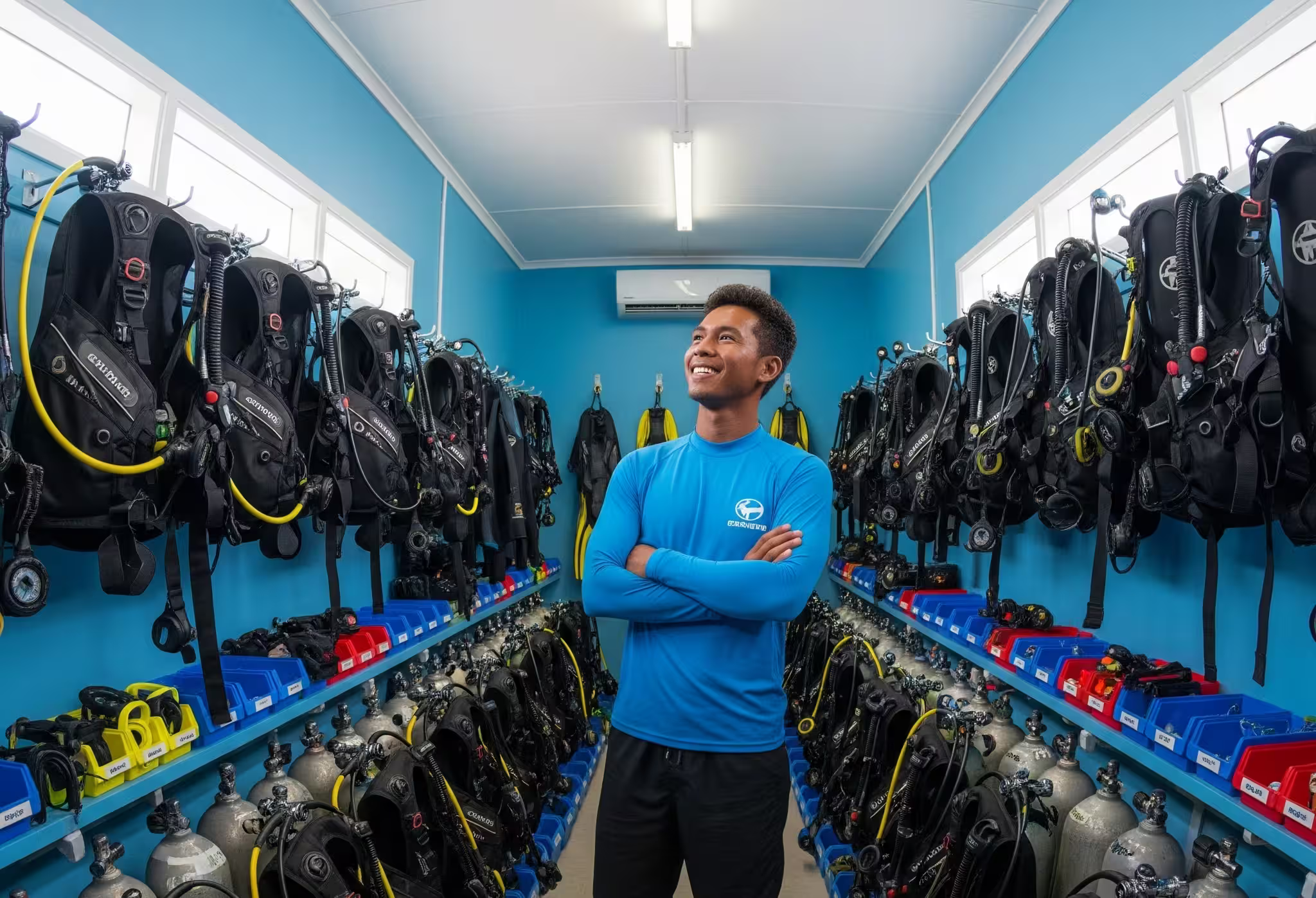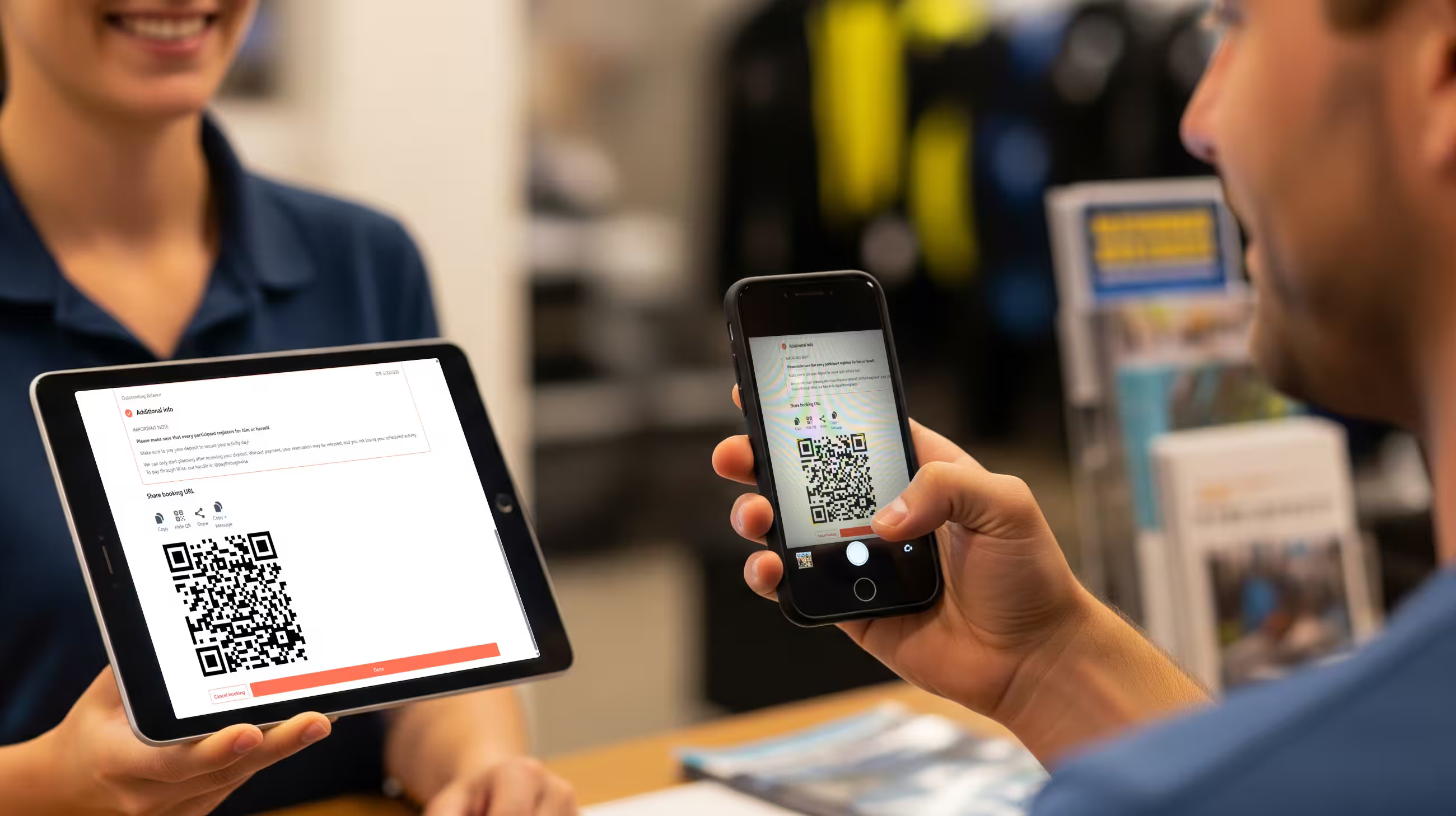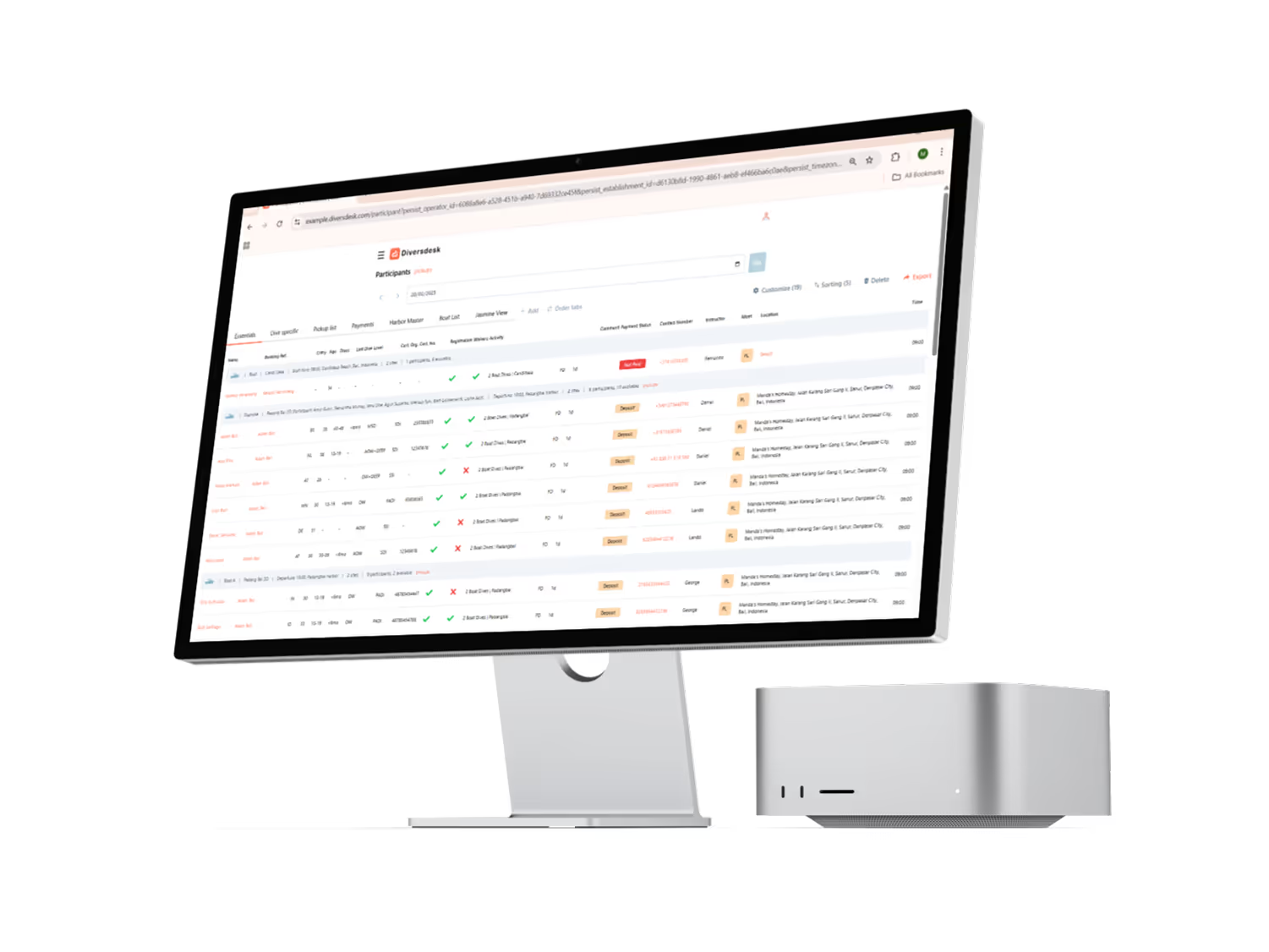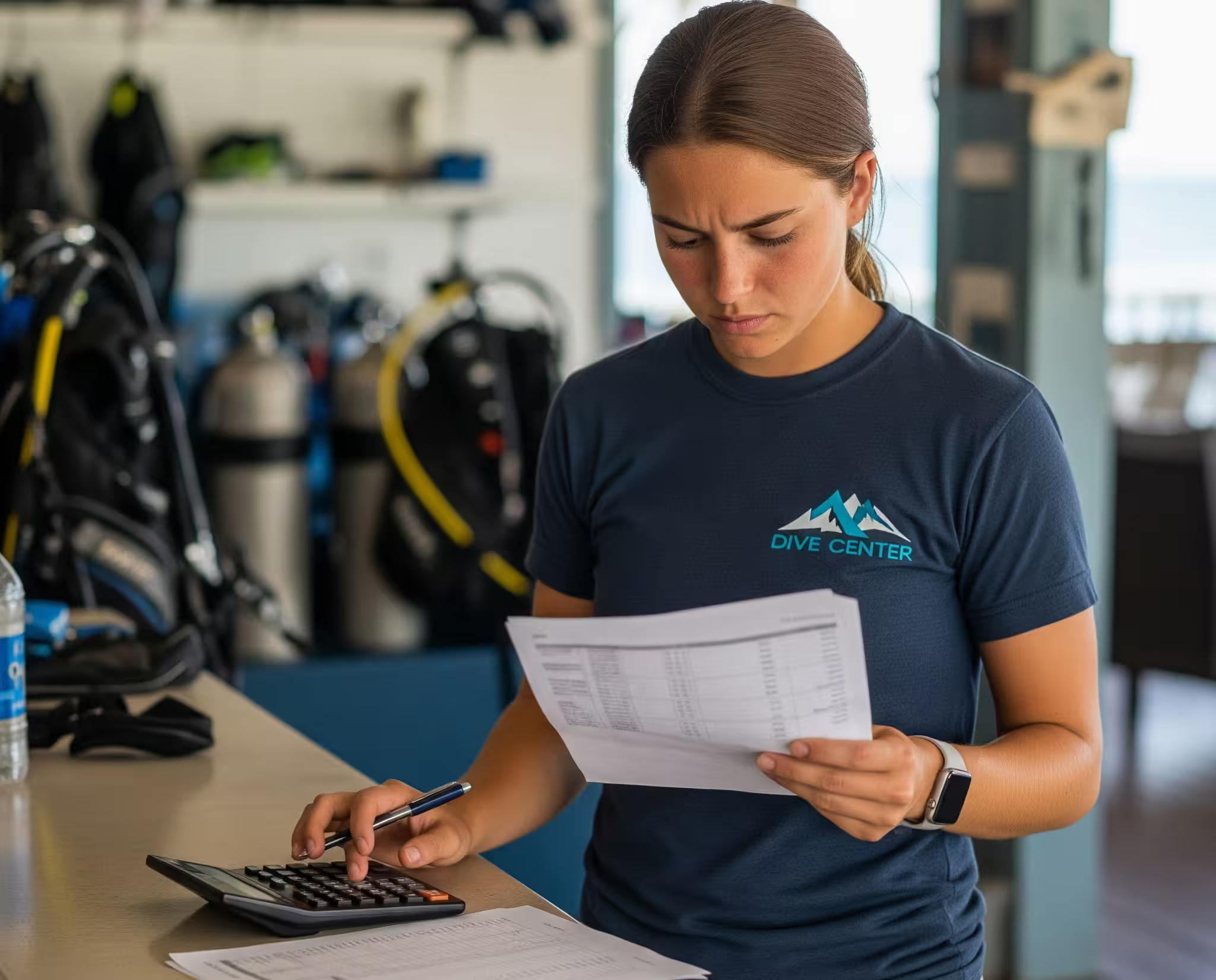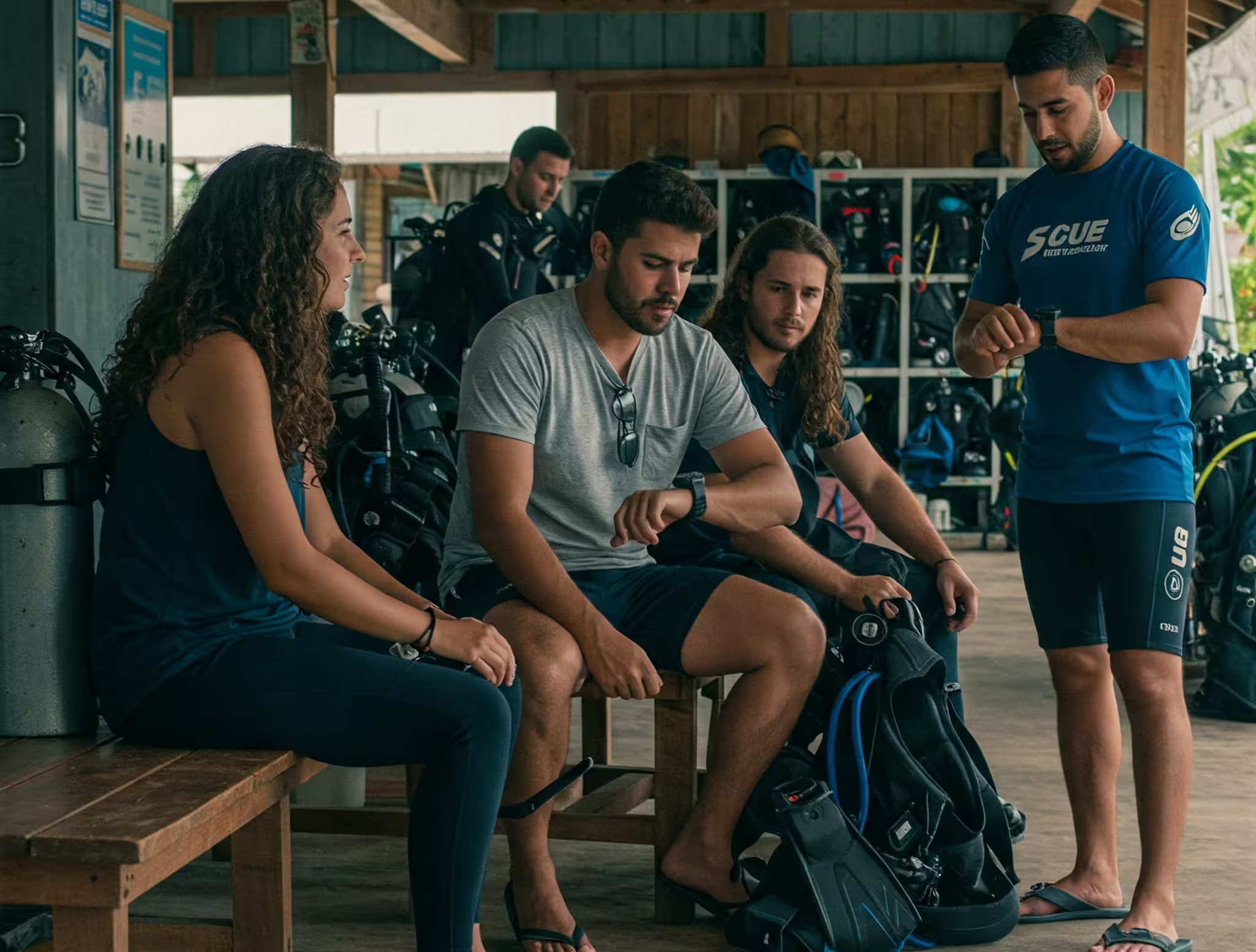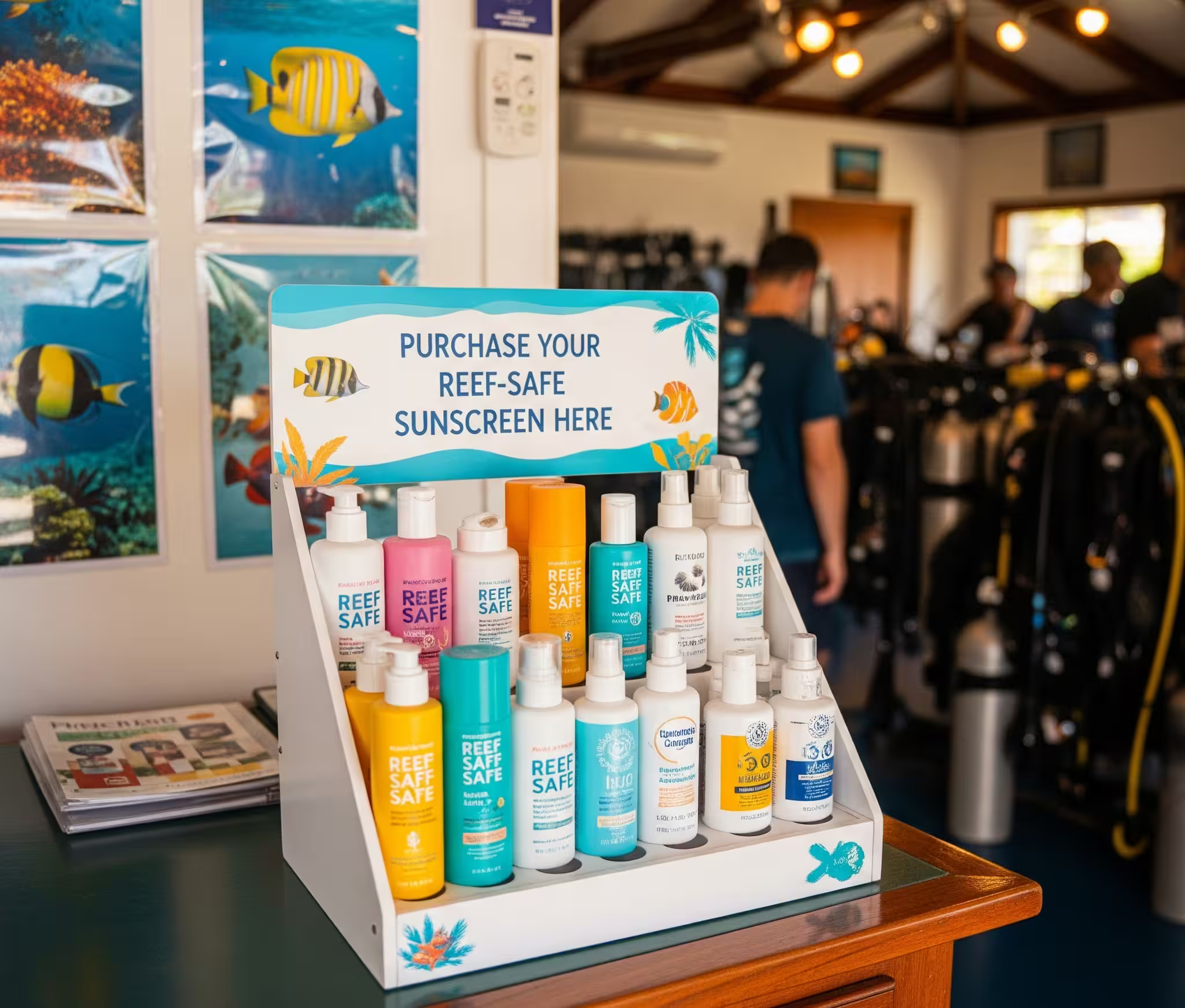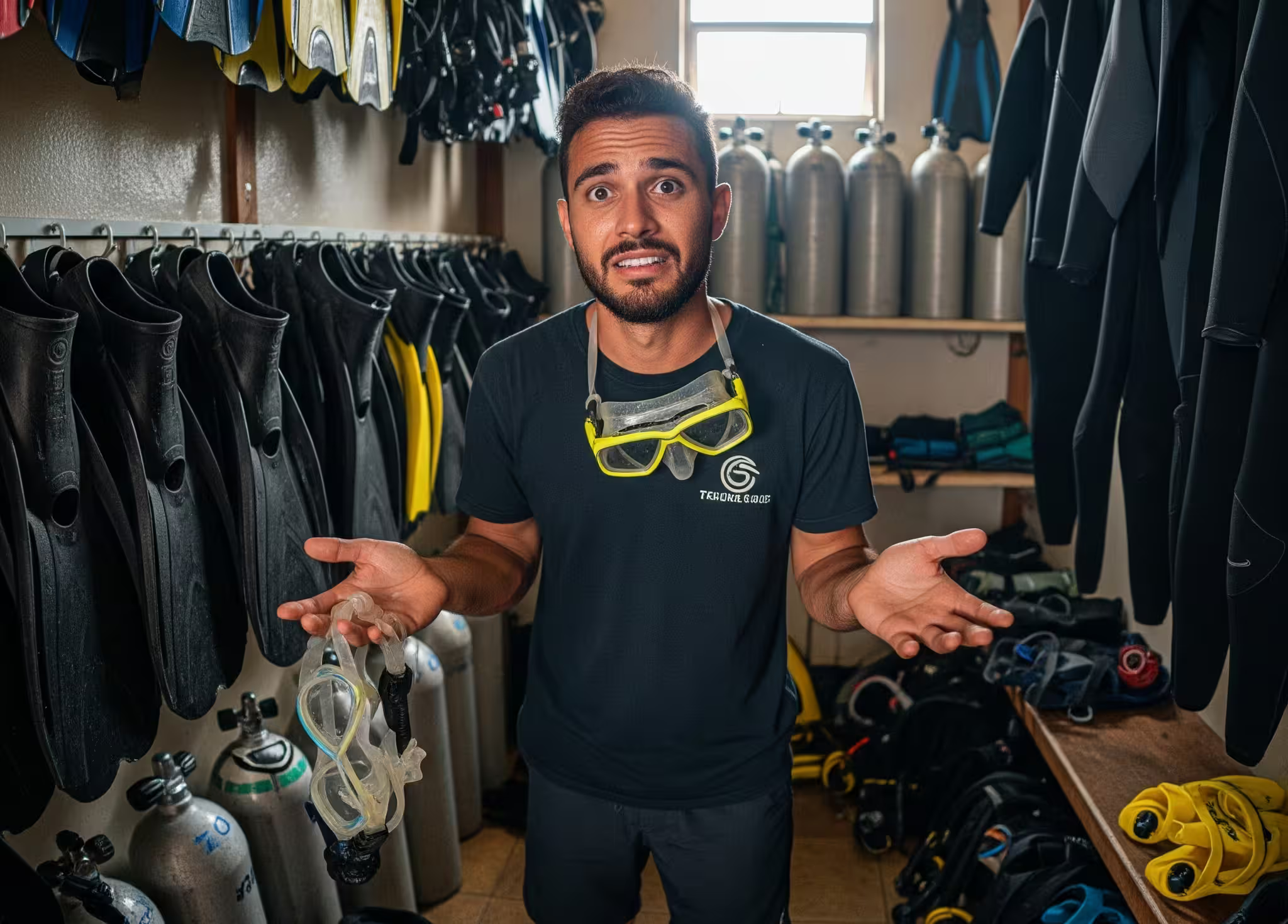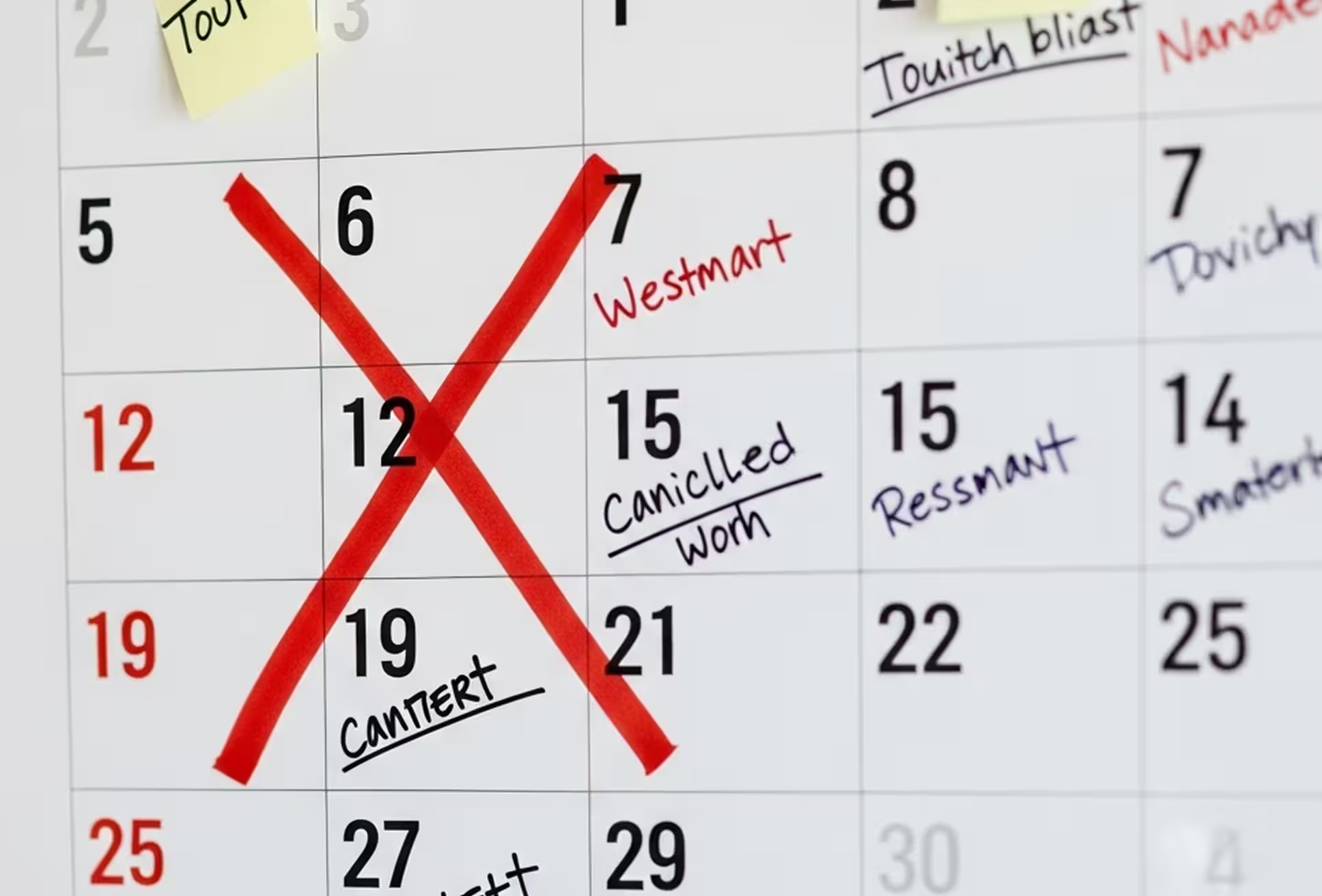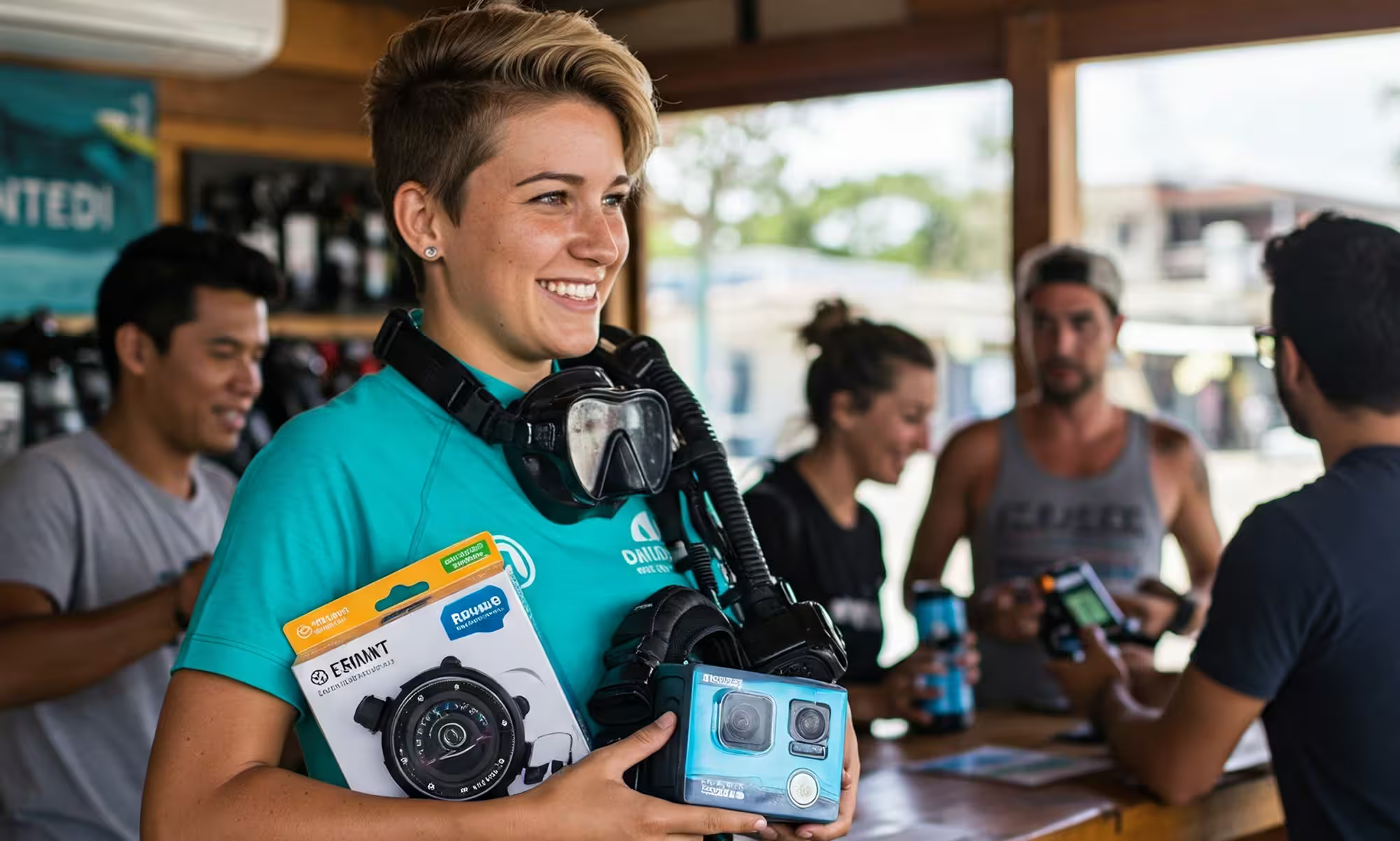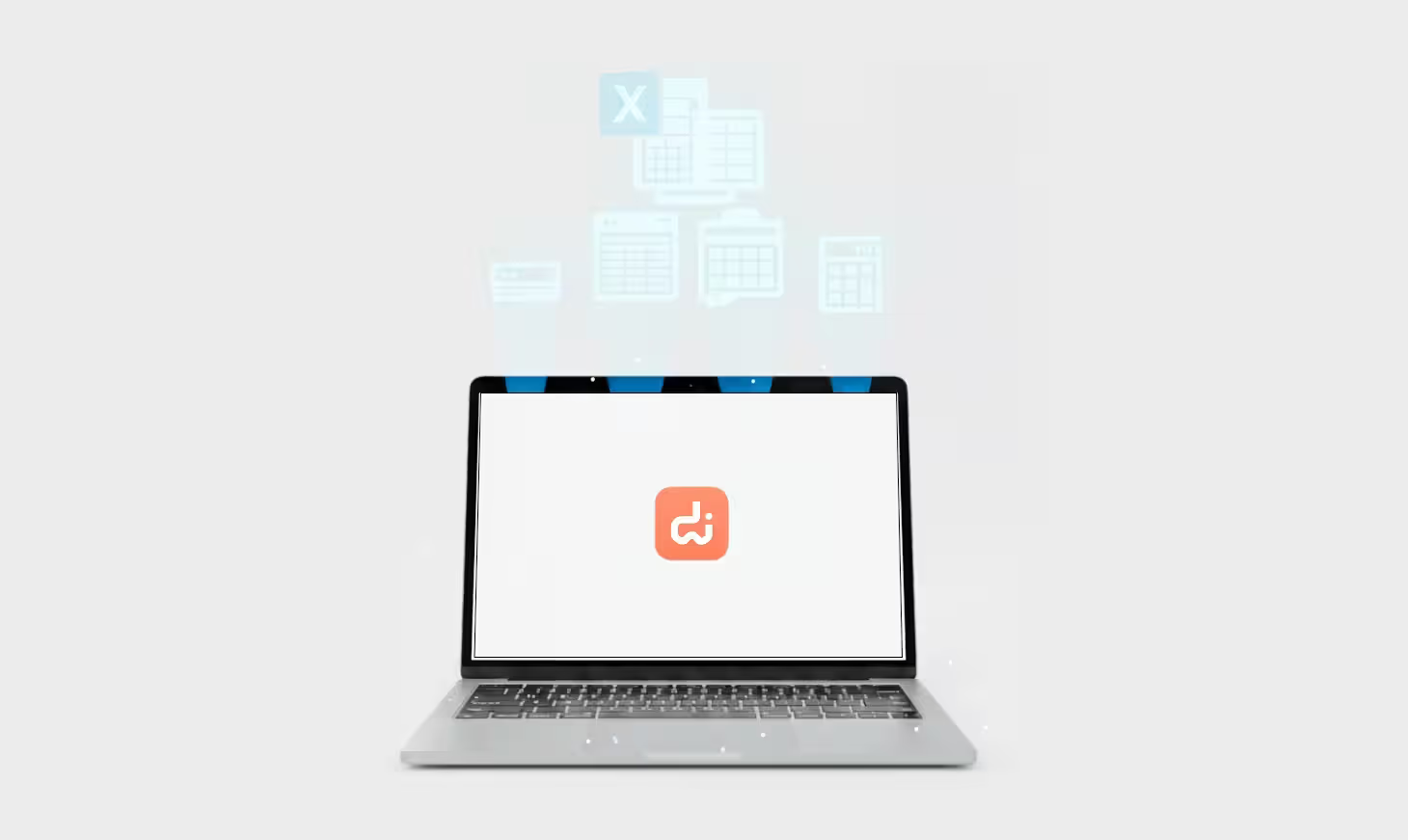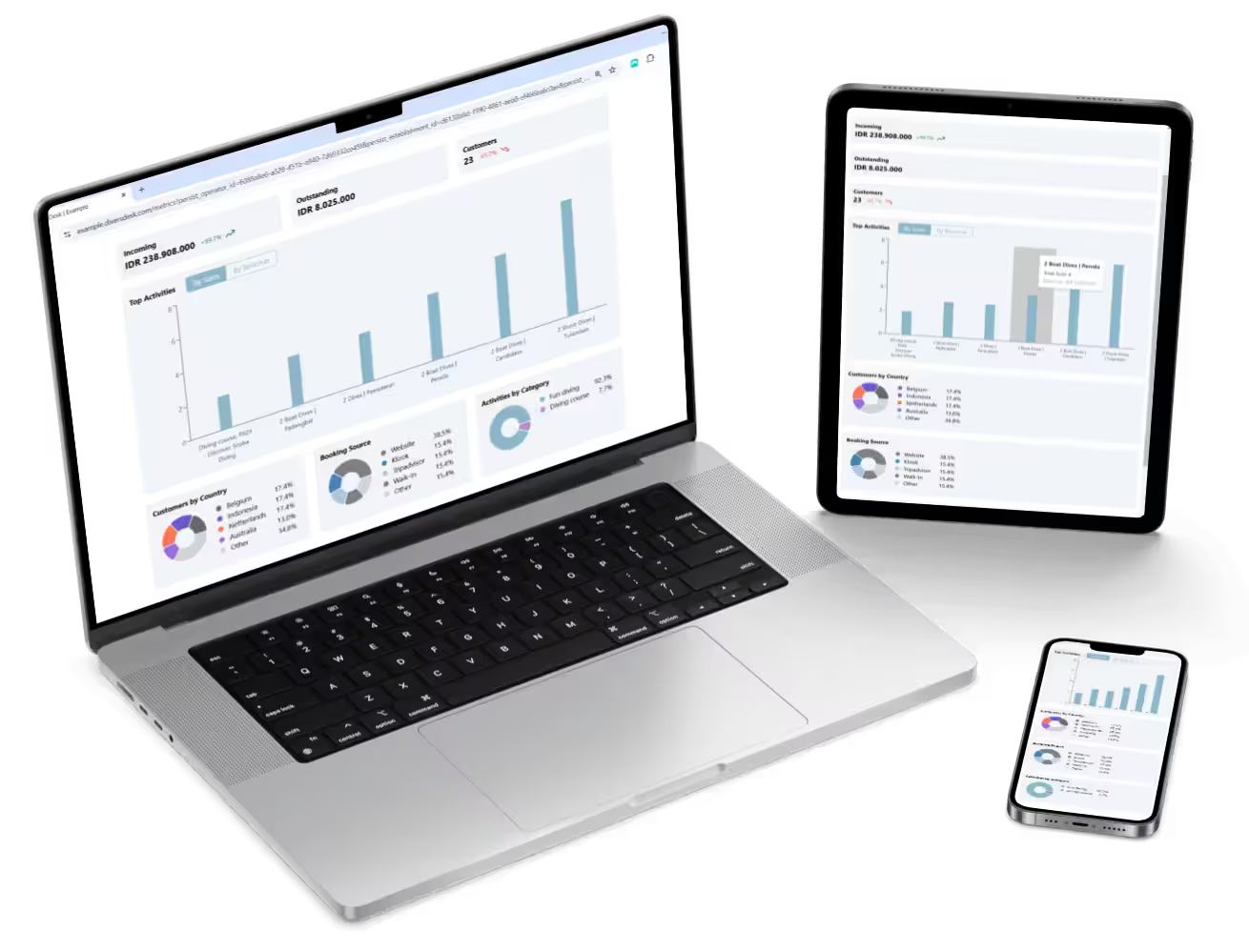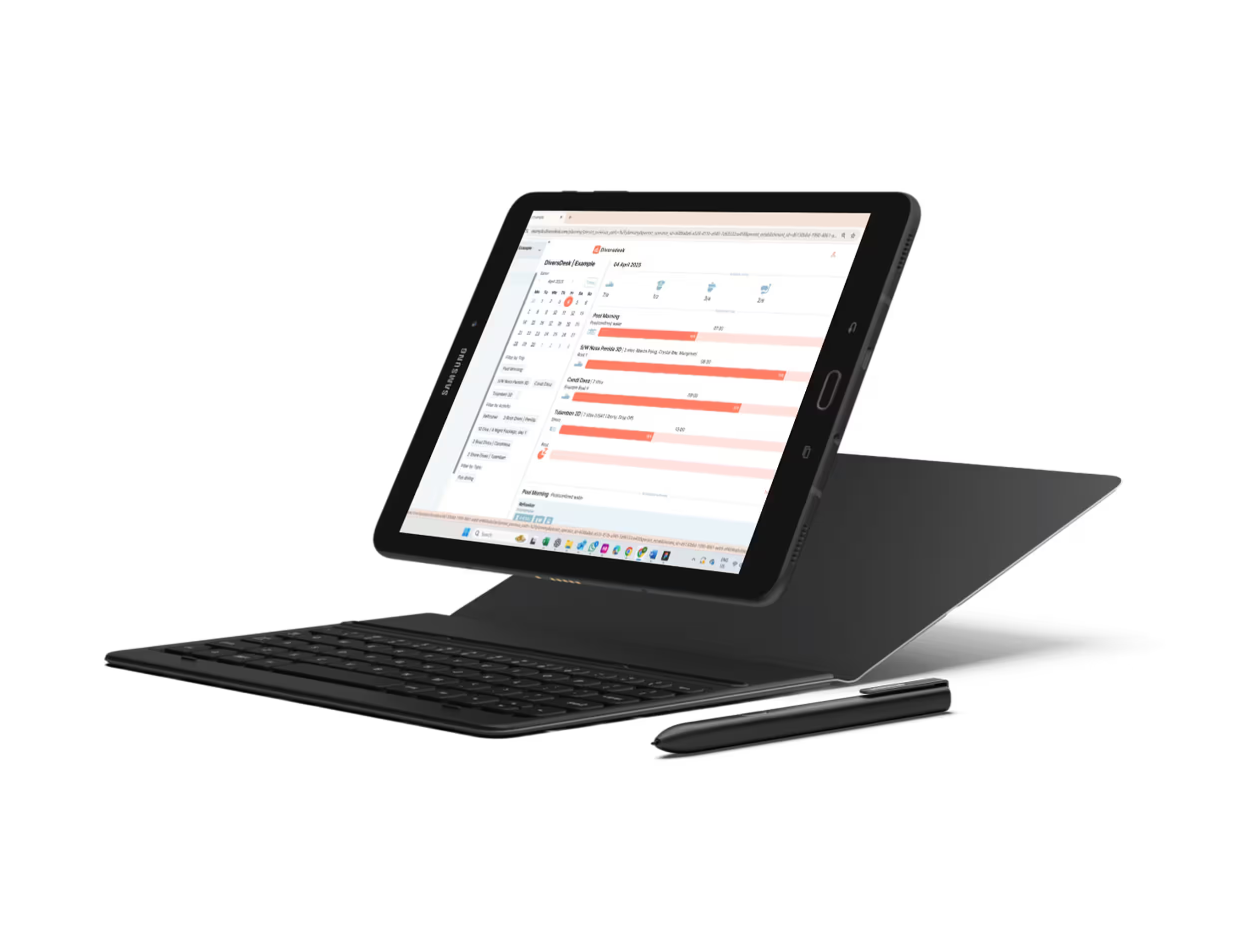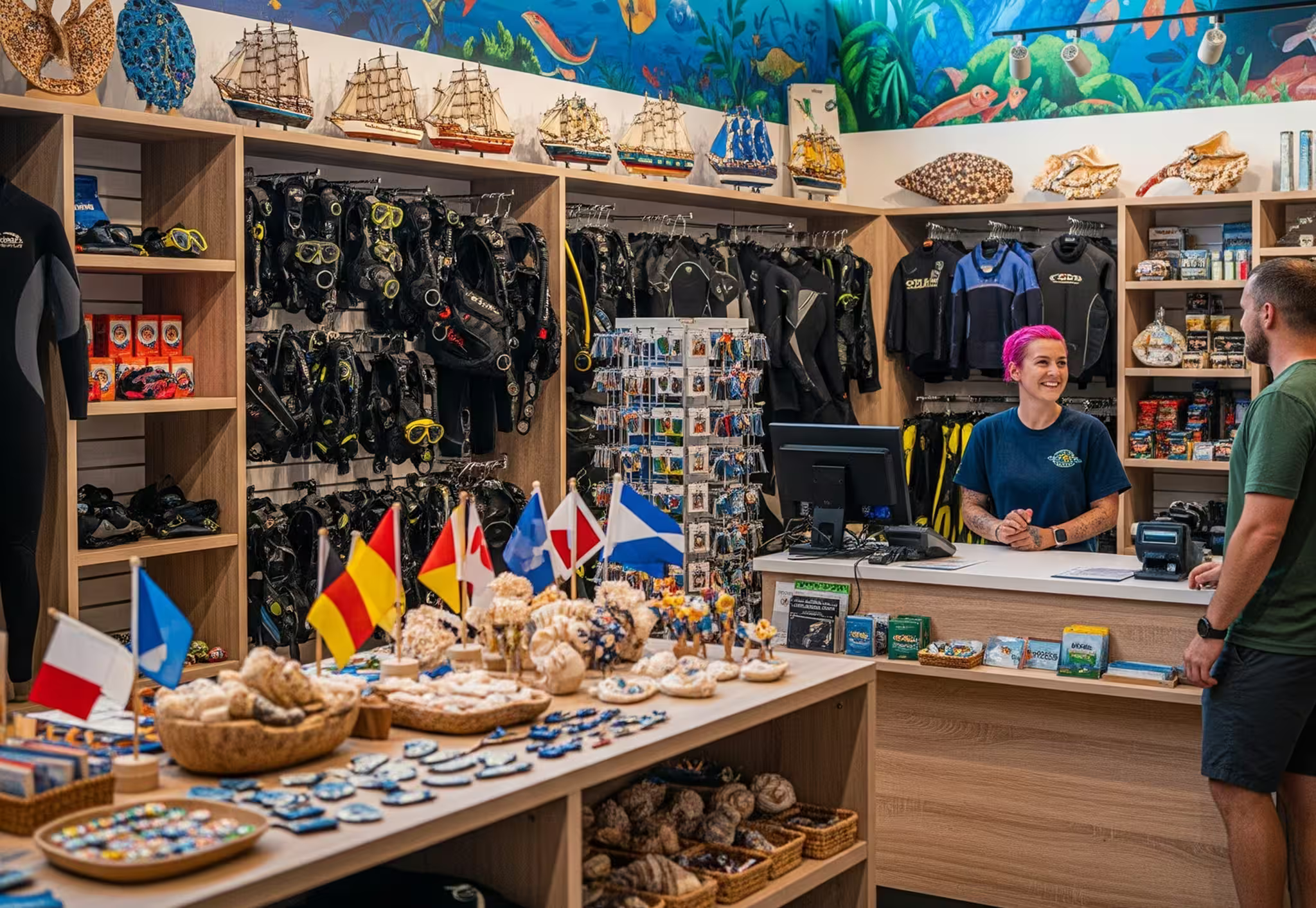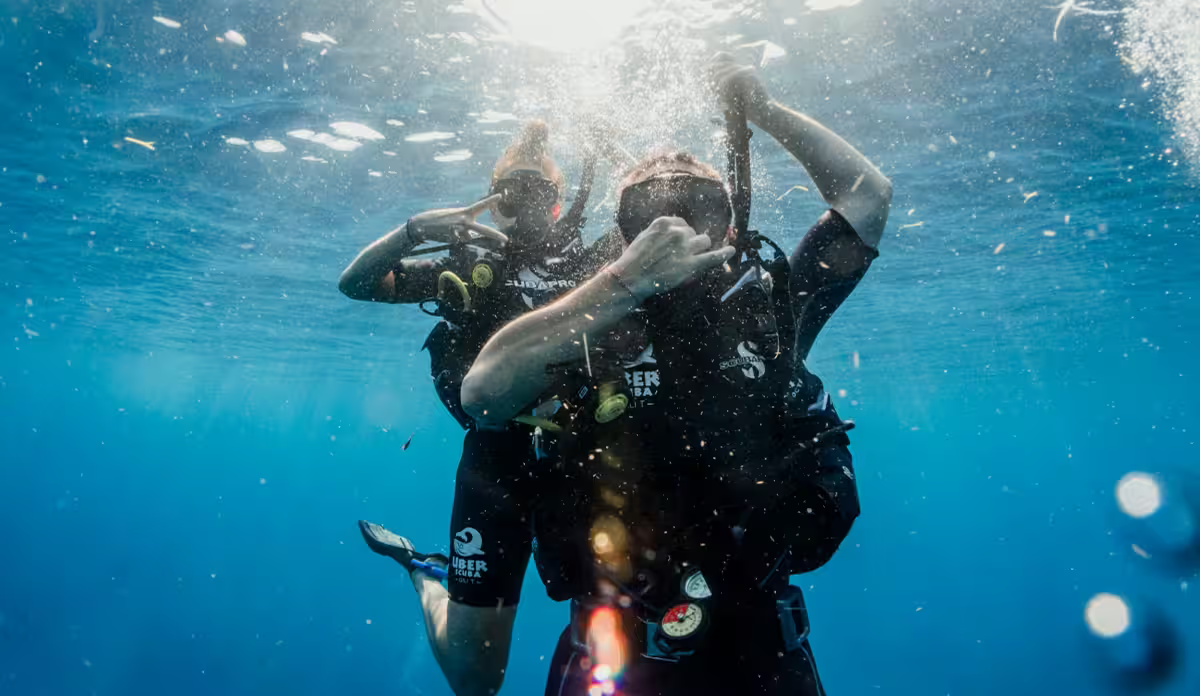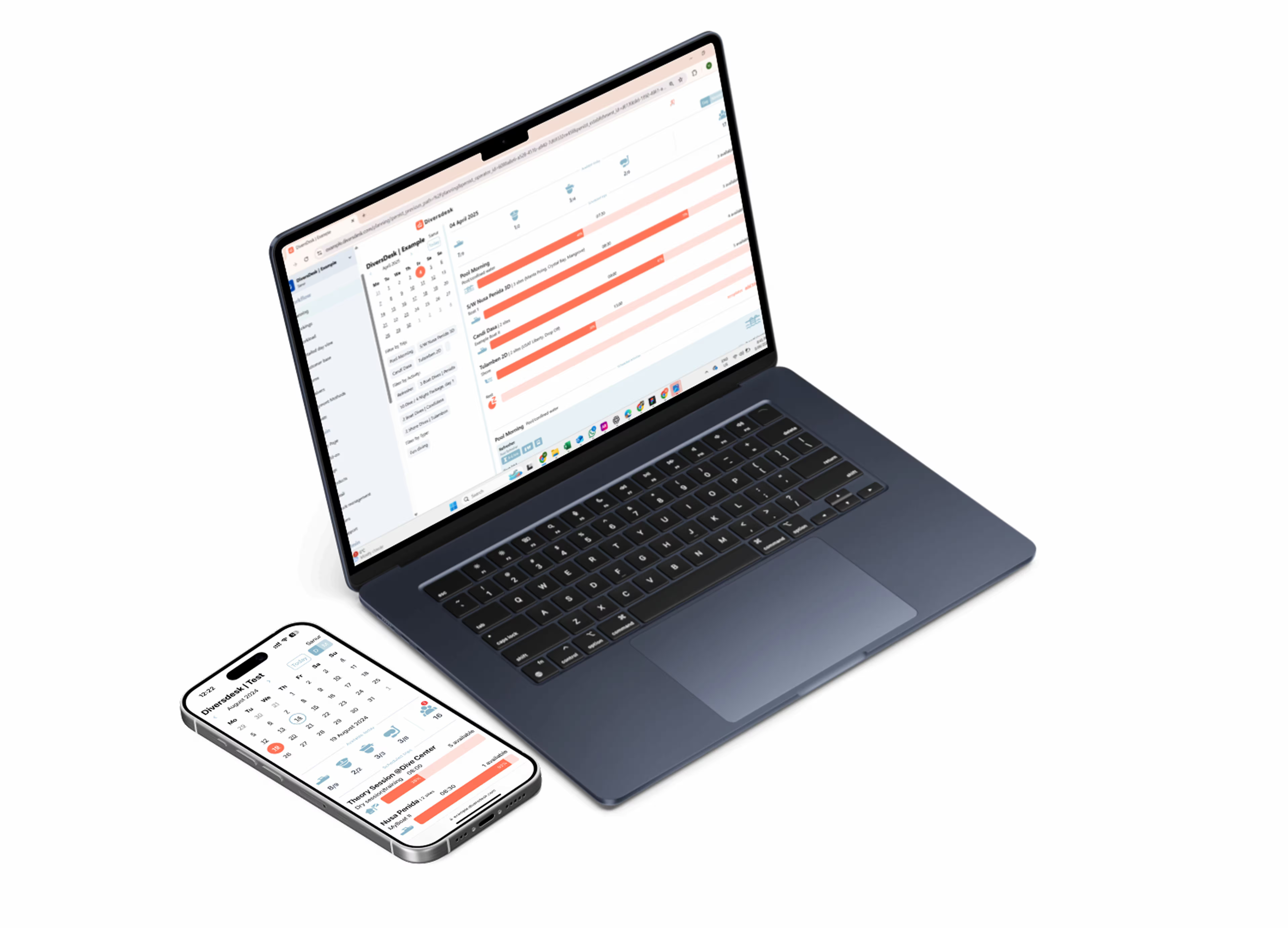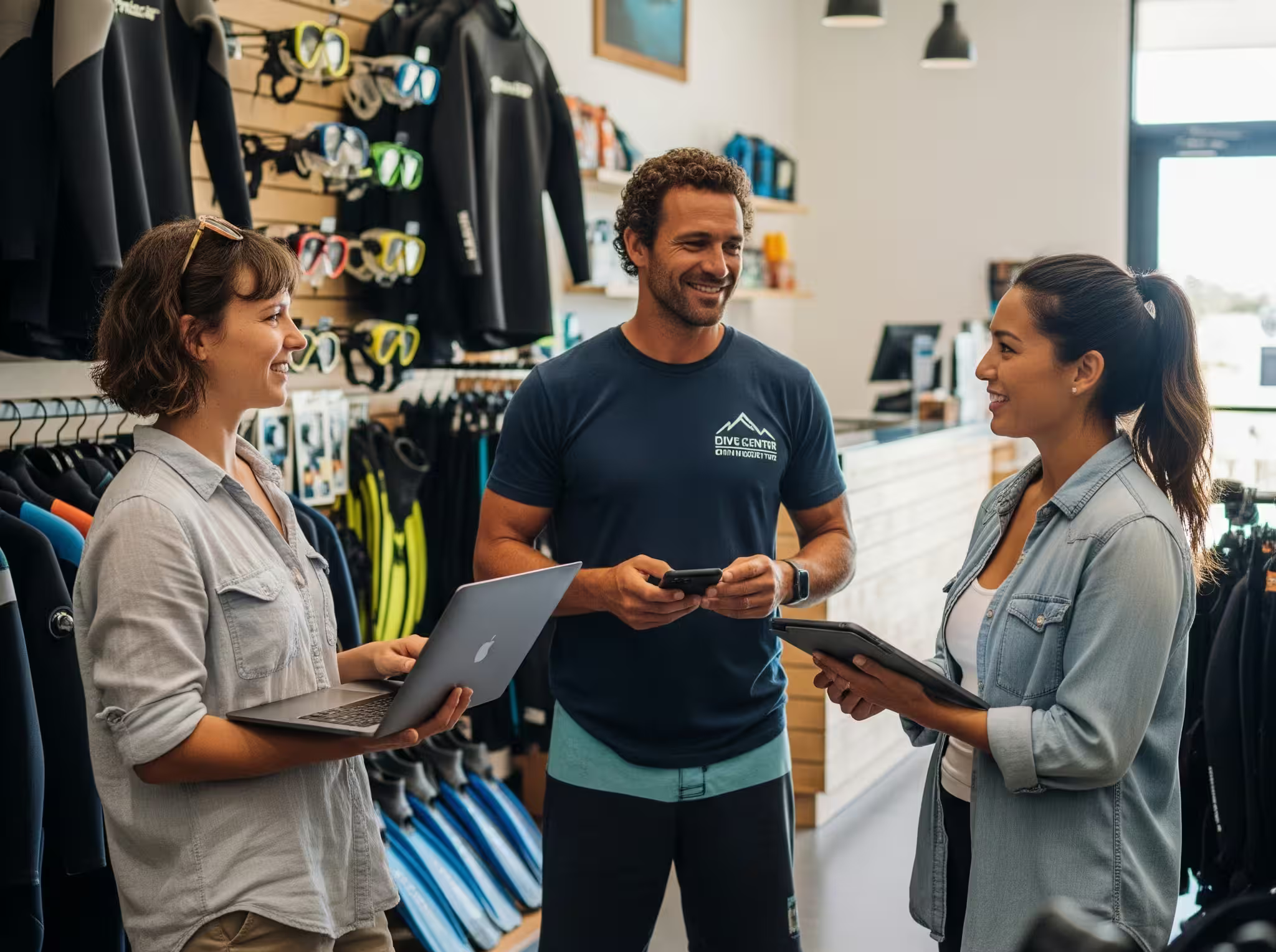Dive Deep into Sales: Marketing Strategies That Actually Work for Dive Shops
Running a dive shop today means adapting. The market has changed. The old playbook where you sell cheap courses and hope for gear sales feels outdated. In my view, it no longer fits how people buy. Divers are informed, selective, and often shopping online.
So the question becomes, how do you stay relevant and still make a profit?
In my opinion, you need to approach it differently. You need to treat your gear sales like a real business, not a hopeful add-on. That means getting clear about what you offer, making it easy for people to find you, and staying consistent in how you show up. It’s not about shouting louder or running more promotions. It’s about building trust, offering real value, and using the tools that actually help people choose you.
This guide is meant to give you a simple starting point. Not theory. Not trends. Just what I think works right now for real dive shops selling real gear to real people.
1. Why the Old Model Doesn’t Work Anymore
The traditional dive shop model was built around walk-ins, fixed course packages, and selling gear afterward. In my opinion, that setup doesn’t work anymore. Divers today do their homework. They check prices online and expect fast availability. Most shops just don’t have the inventory to meet those expectations, so they lose the sale.
I think the idea of offering cheap courses and hoping to make it back later through gear sales isn’t realistic. Every part of the business needs to carry its weight. Training, rentals, retail, servicing. Each one has to be profitable on its own. That’s how you build something that lasts.
2. What Modern Divers Actually Want
In my view, divers are looking for solid advice, reliable gear, and experiences that feel personal. They want to talk to staff who actually know what they’re doing. They care about safety and quality. A lot of them also care about the ocean and want to support businesses that reflect that.
I think one of the most important things to remember is that they scroll before they shop. If your gear doesn’t show up in their feed, it’s probably not even on their mind.
3. Your Website: Not Just a Brochure
Your website is your storefront. If it’s slow, messy, or looks outdated, people will leave. I think it needs to be clear, easy to use, and focused on what you actually offer. Show your gear. Use language that feels human. Add local keywords so the right people can find you.
As mentioned in this article, having a blog helps more than most people think. Answer the questions divers are already asking. Write simple gear reviews. Share tips about local dive sites. Good content helps with search and builds trust.
4. Social Media: Keep It Simple, Make It Useful
You don’t need a big setup or polished content to stand out. Just be consistent, helpful, and show what’s real. Here are a few tips to help you get the most out of Instagram, Facebook, and TikTok without overthinking it.
- Unbox gear. Show what it looks like on real people.
- Carousel posts comparing products work.
- Let instructors talk about what they use and why.
- Polls and questions get people involved.
- Use relevant hashtags that match your location and product.
- One post, one product, short caption.
- Flash sales for your followers.
- Demo videos that explain how something works in under a minute.
- Share customer photos. Ask for them.
- Link to your catalog or website.
- Behind-the-scenes at your shop.
- Tips from staff.
- Gear tests.
- Short fixes.
- Use popular sounds if it fits your vibe.
None of this has to be perfect. Just be consistent and real.

5. Extra Strategies That Build Momentum
In my experience, one of the simplest and most effective things you can do is ask for reviews. When people see real feedback from other divers, it builds trust fast. I also think email is underrated. A short, useful message with updates, a quick tip, or something new in stock can keep people engaged without overwhelming them.
Loyal customers are worth looking after. I’ve seen great results when shops offer a small perk for referrals or repeat visits. It doesn’t have to be much. Just something that shows you notice and appreciate them. I’d also recommend teaming up with local tourism businesses. It’s a smart way to get in front of people who are already planning adventures.
If you have the tools, personalise your recommendations. Suggesting the right gear based on someone’s interests or past purchases can go a long way. And above all, keep sharing what you know. That knowledge is part of what sets you apart. It’s not just about selling gear. It’s about helping people feel more confident and capable underwater.
6. Stay Flexible and Pay Attention
As mentioned in this article Adaptability: The New Competitive Advantage, things move fast. What works now might not work next year. Be willing to test, adapt, and drop what doesn’t work.
If sustainability matters to you, show it. If your dive shop supports the local community, talk about it. People notice when a business is genuine and in tune. It’s not about chasing trends. It’s about listening, adjusting, and staying real.

7. Use Tools That Save You Time
You don’t need to do everything manually. In my opinion, the key is using tools that give you clarity without adding more work. Diversdesk is getting ready to launch its own POS and retail tools built for dive shops. You’ll be able to track sales, manage inventory, and see what’s working all in one place. That kind of support helps you stay focused on your customers and spend less time guessing what to promote.
I believe, that kind of insight, especially when built right into Diversdesk, Ihelps you focus your marketing, make smarter decisions, and save time.
8. The Takeaway
I think, one of the biggest mistakes is waiting for people to walk through the door. You have to be where they are. That means showing up online, being part of their daily scroll, and reminding them that you exist. Post regularly. Share useful tips. Show the gear you have. Make it clear how someone can buy from you without overcomplicating it.
I think the difference comes down to two things. Use real data so you know what people actually want, and talk like a person, not a brochure. When you do that, people trust you. They come back. They tell others. You sell more gear and spend less time pushing things that don’t move. In the end, that’s how you build a dive shop that’s not just surviving but growing. One that feels solid and sustainable. One that actually works.


